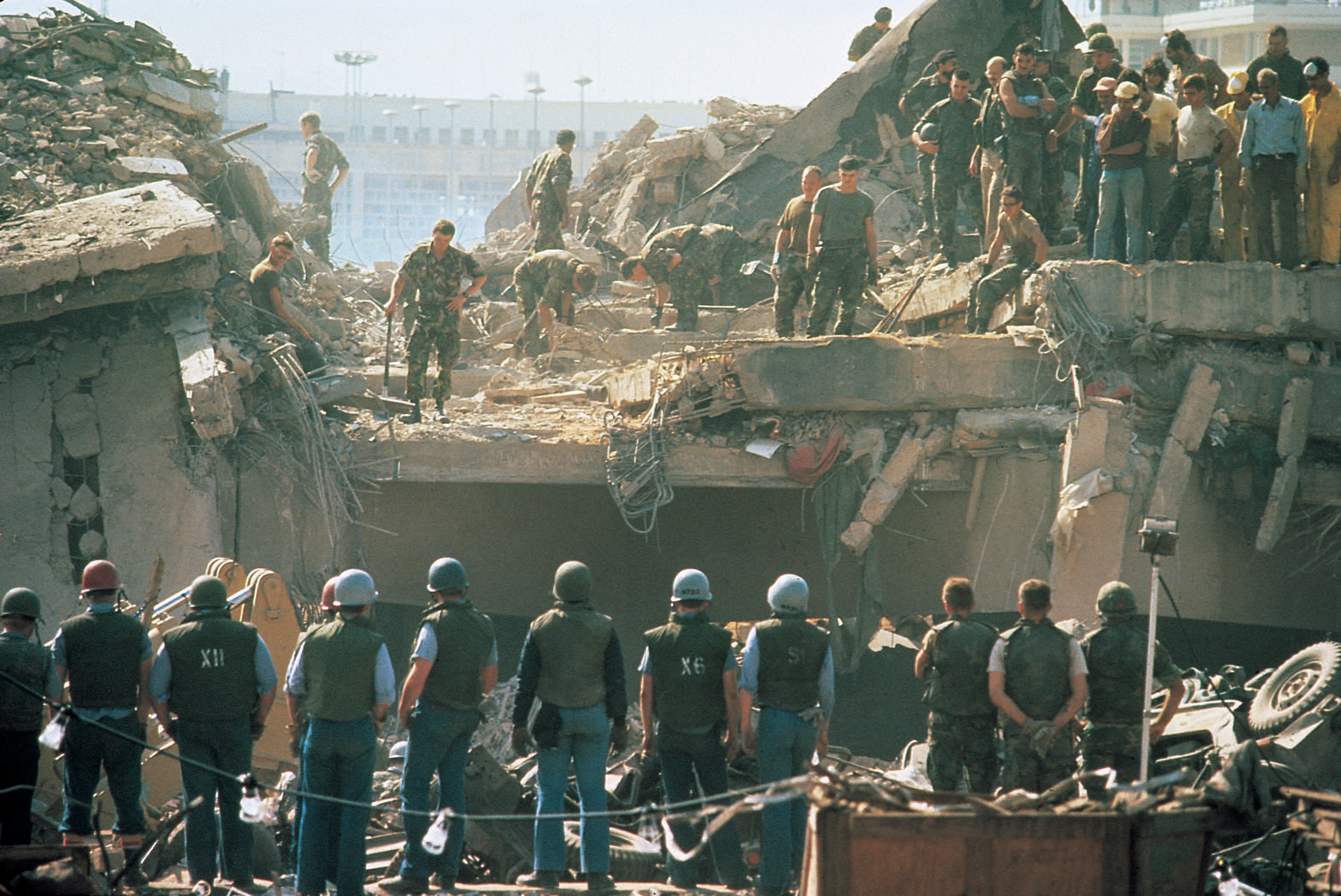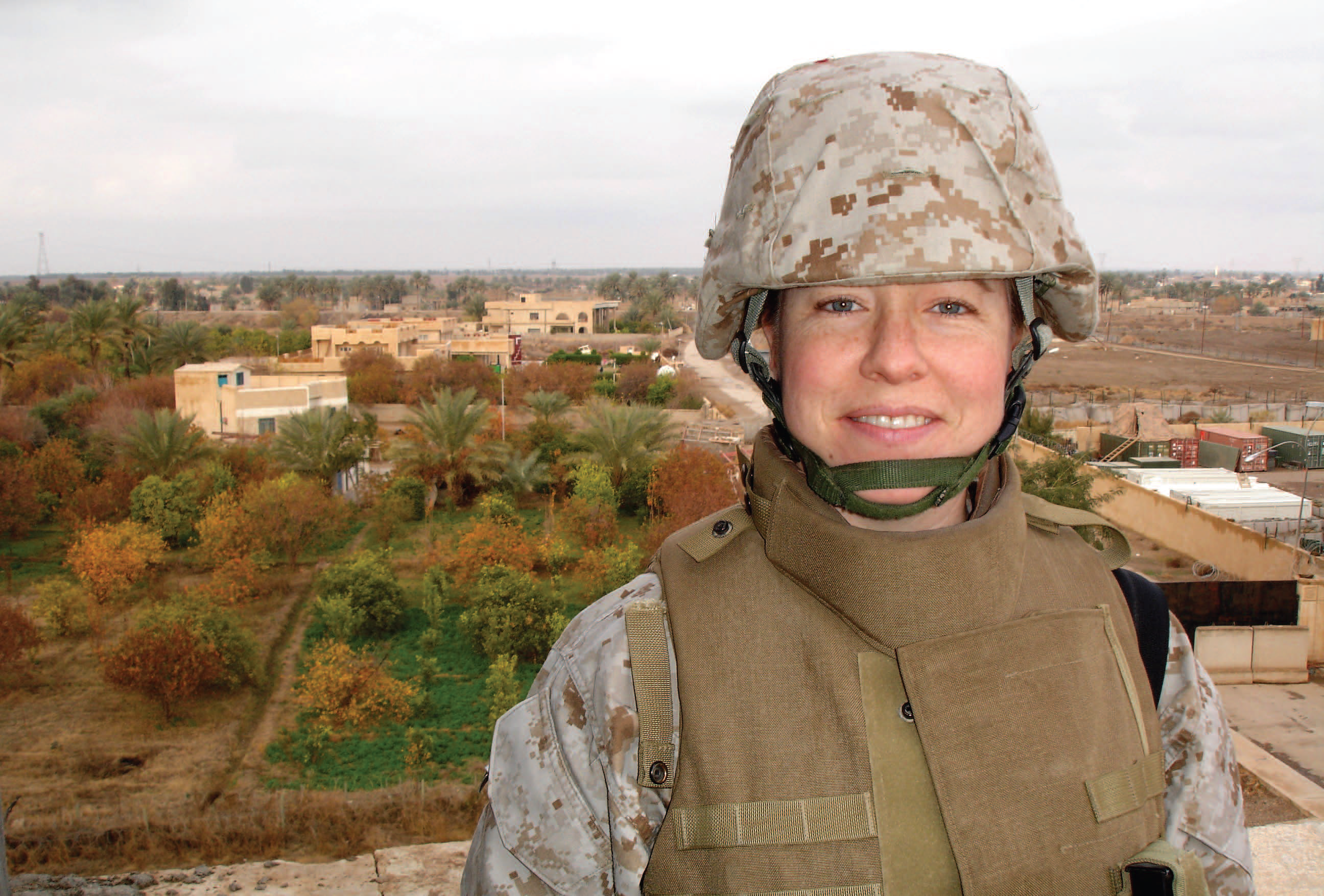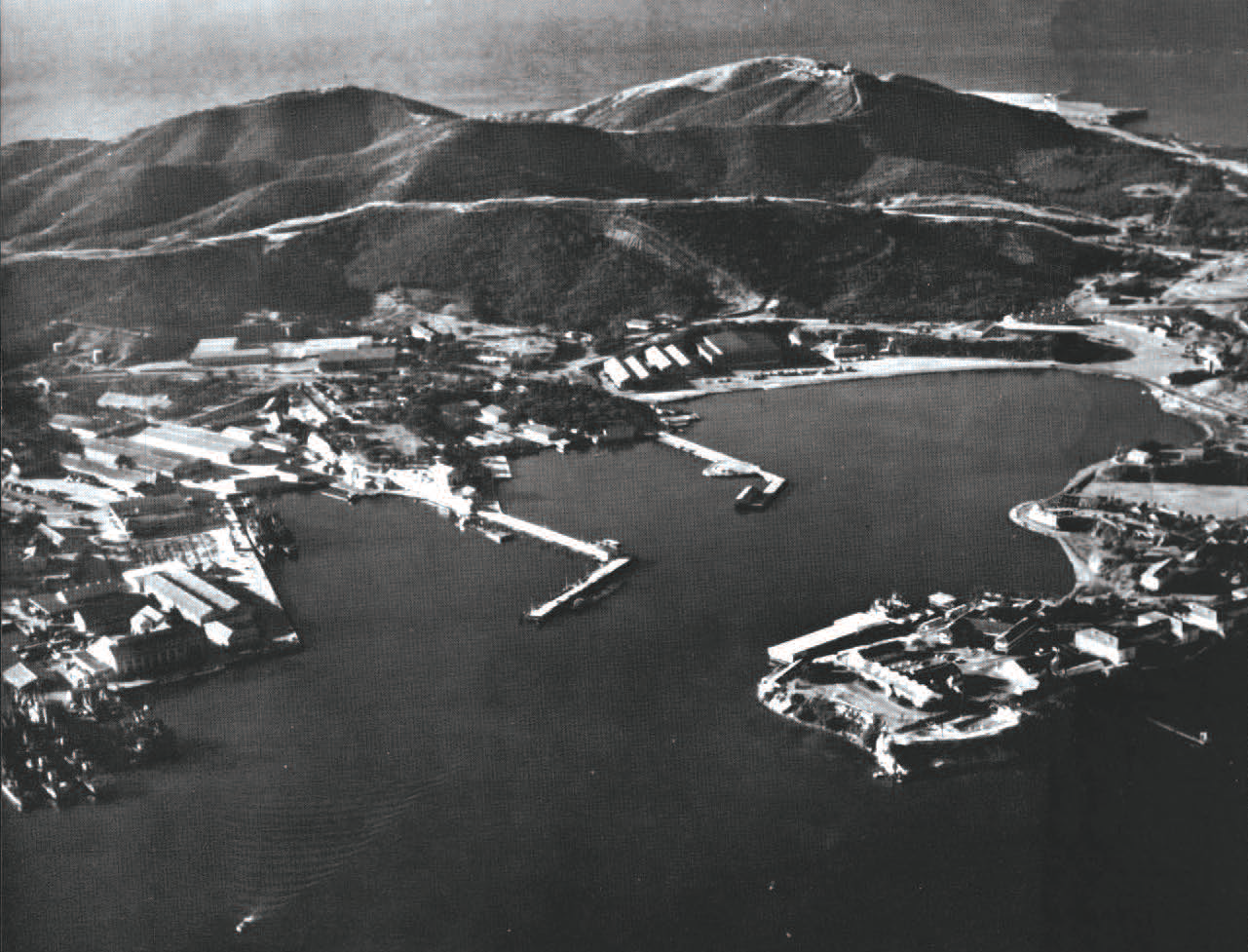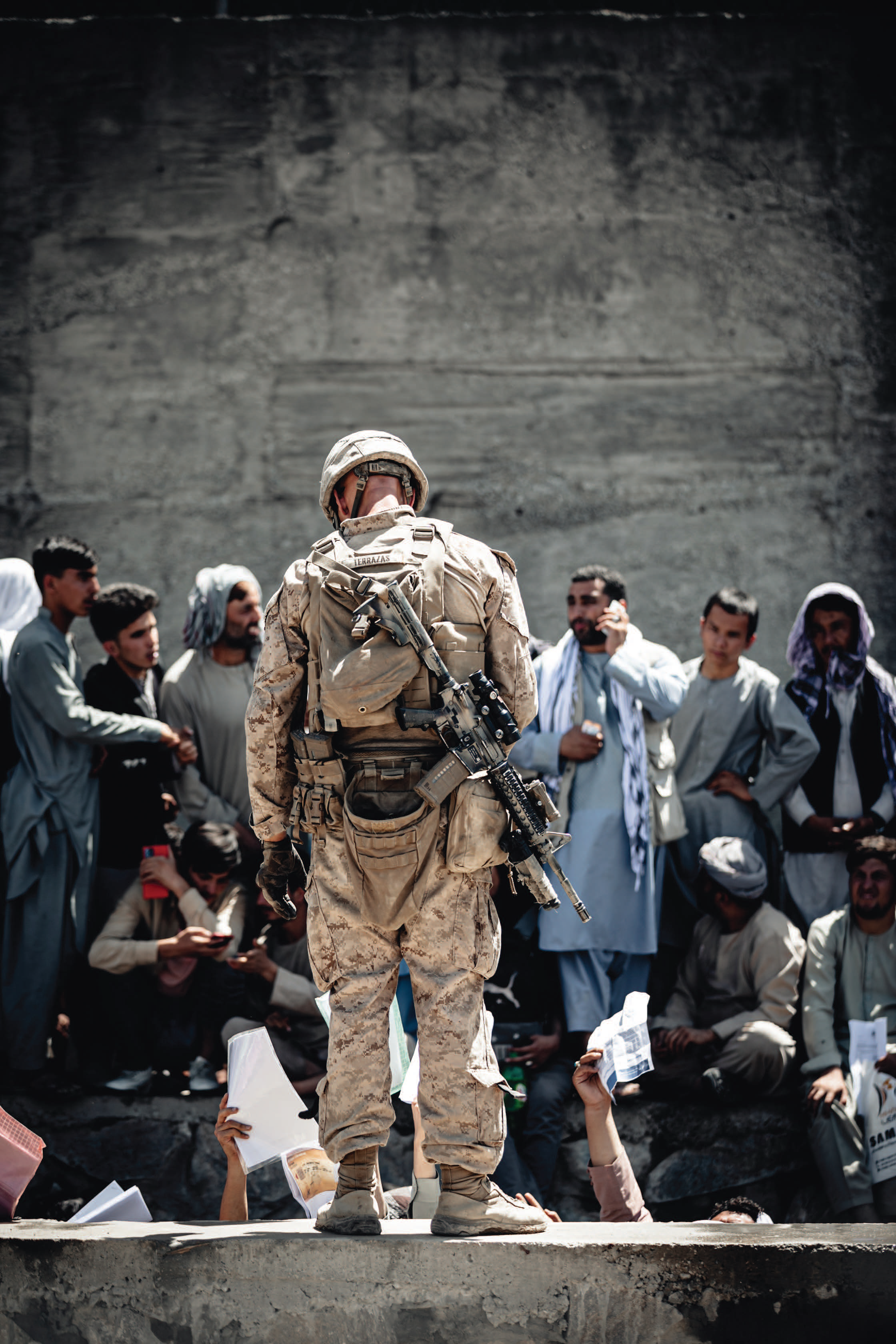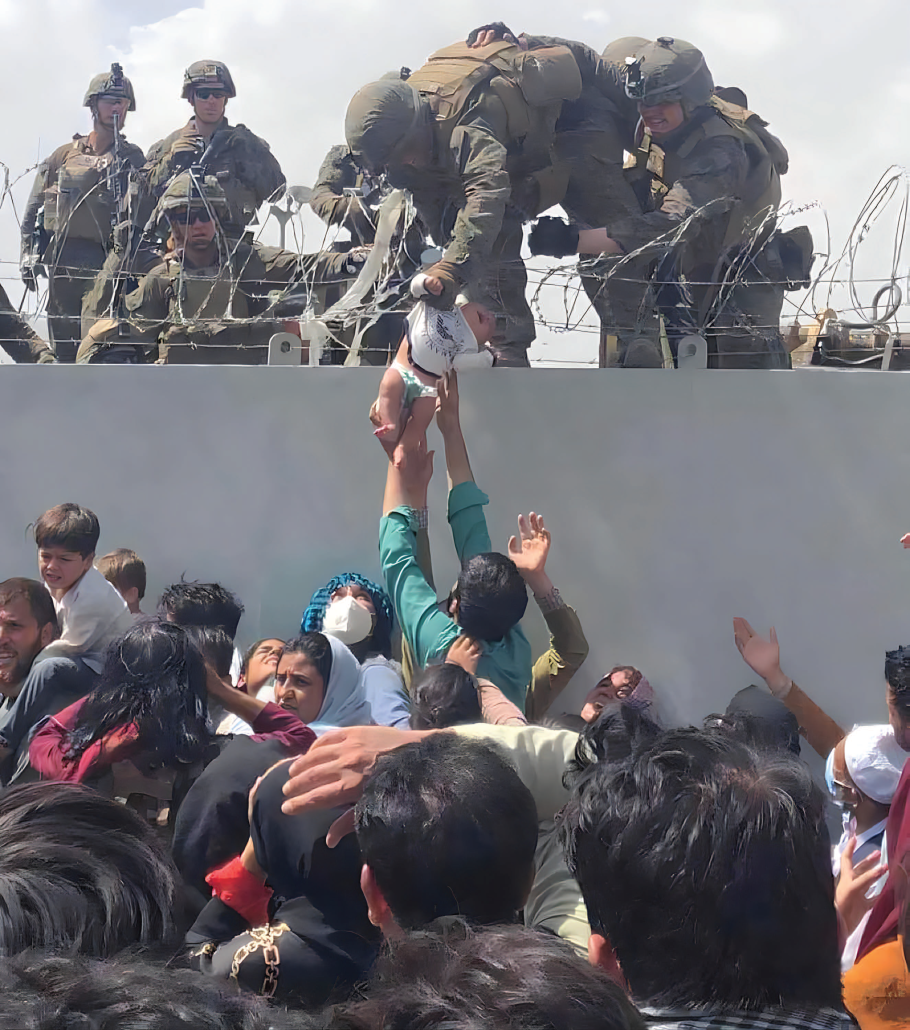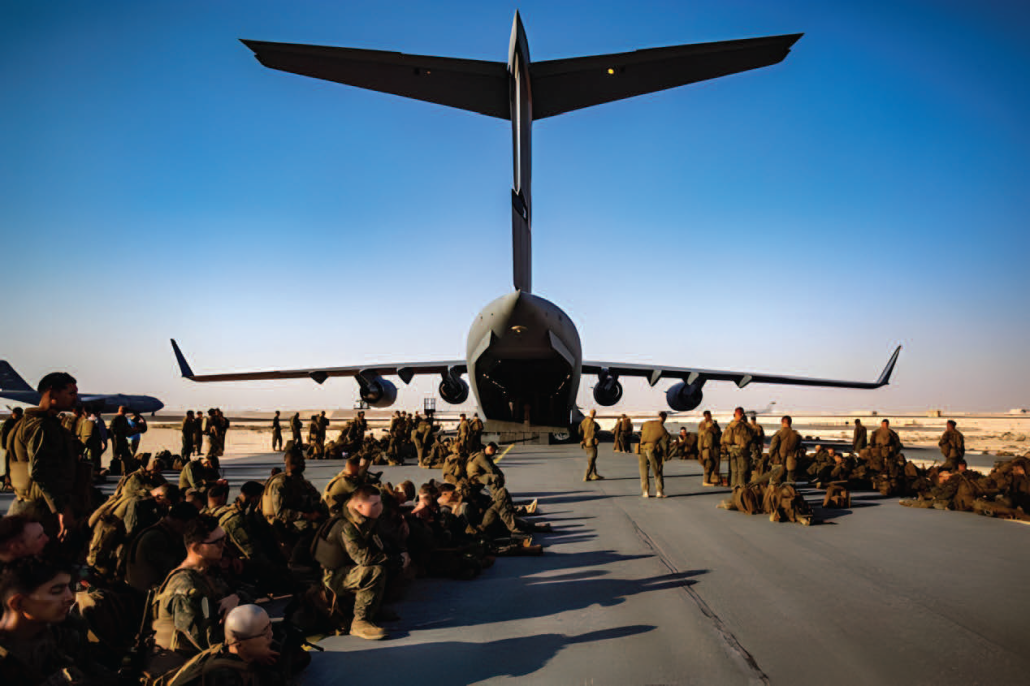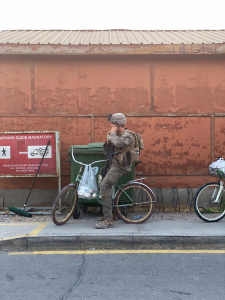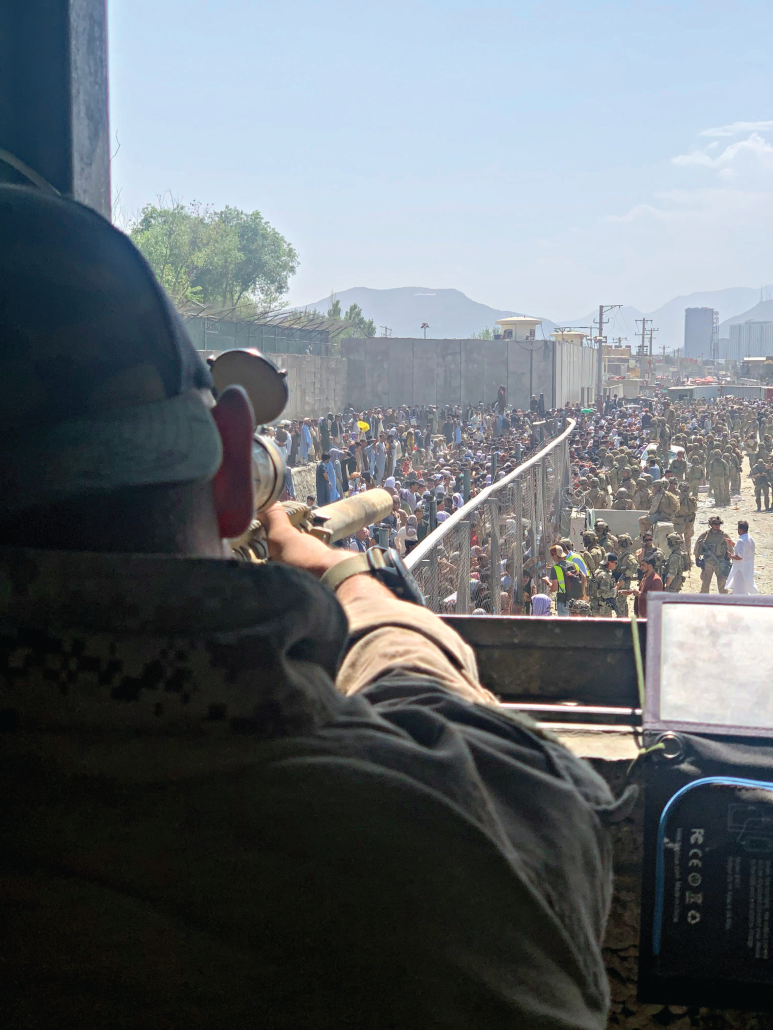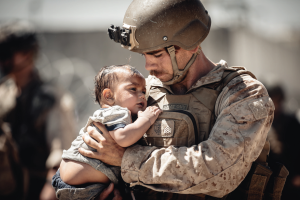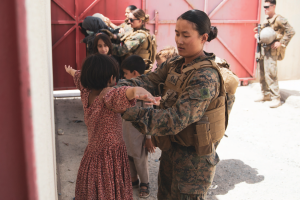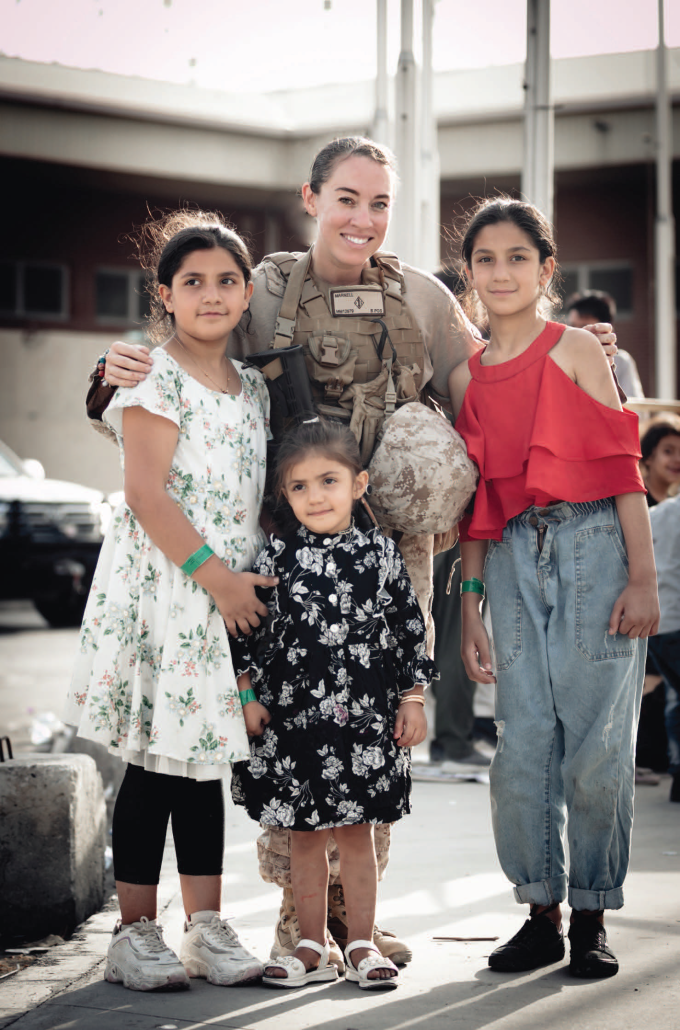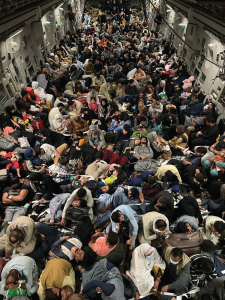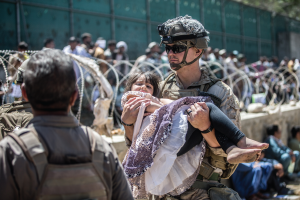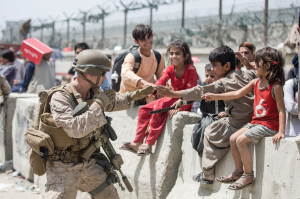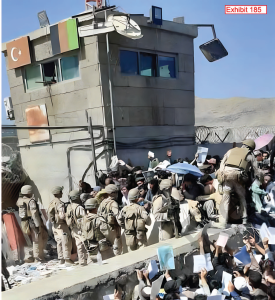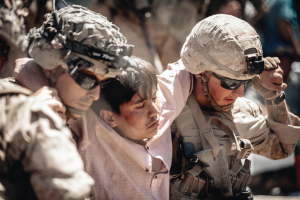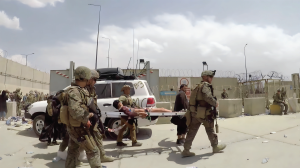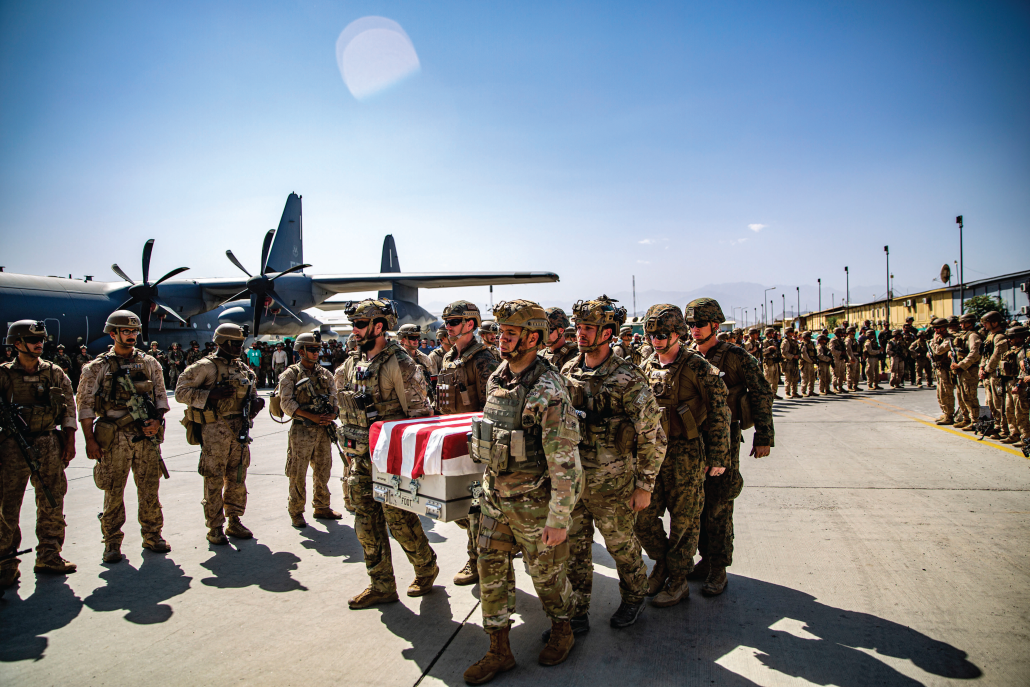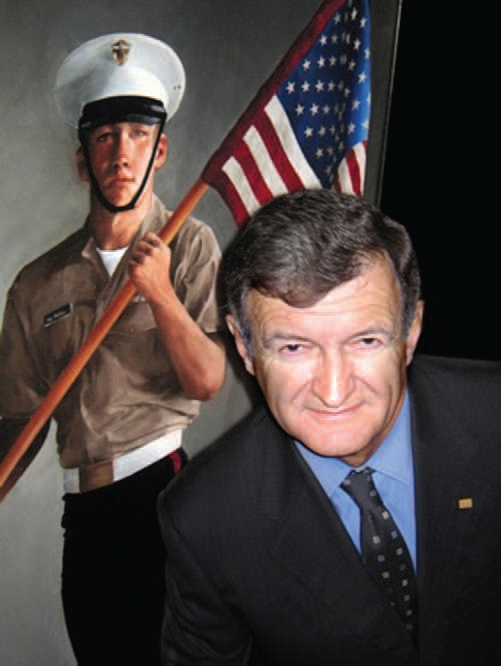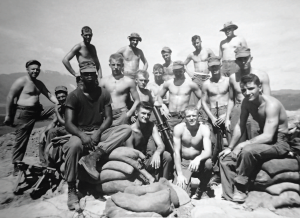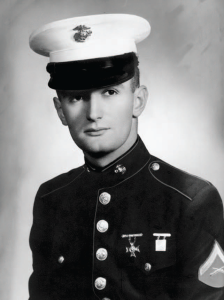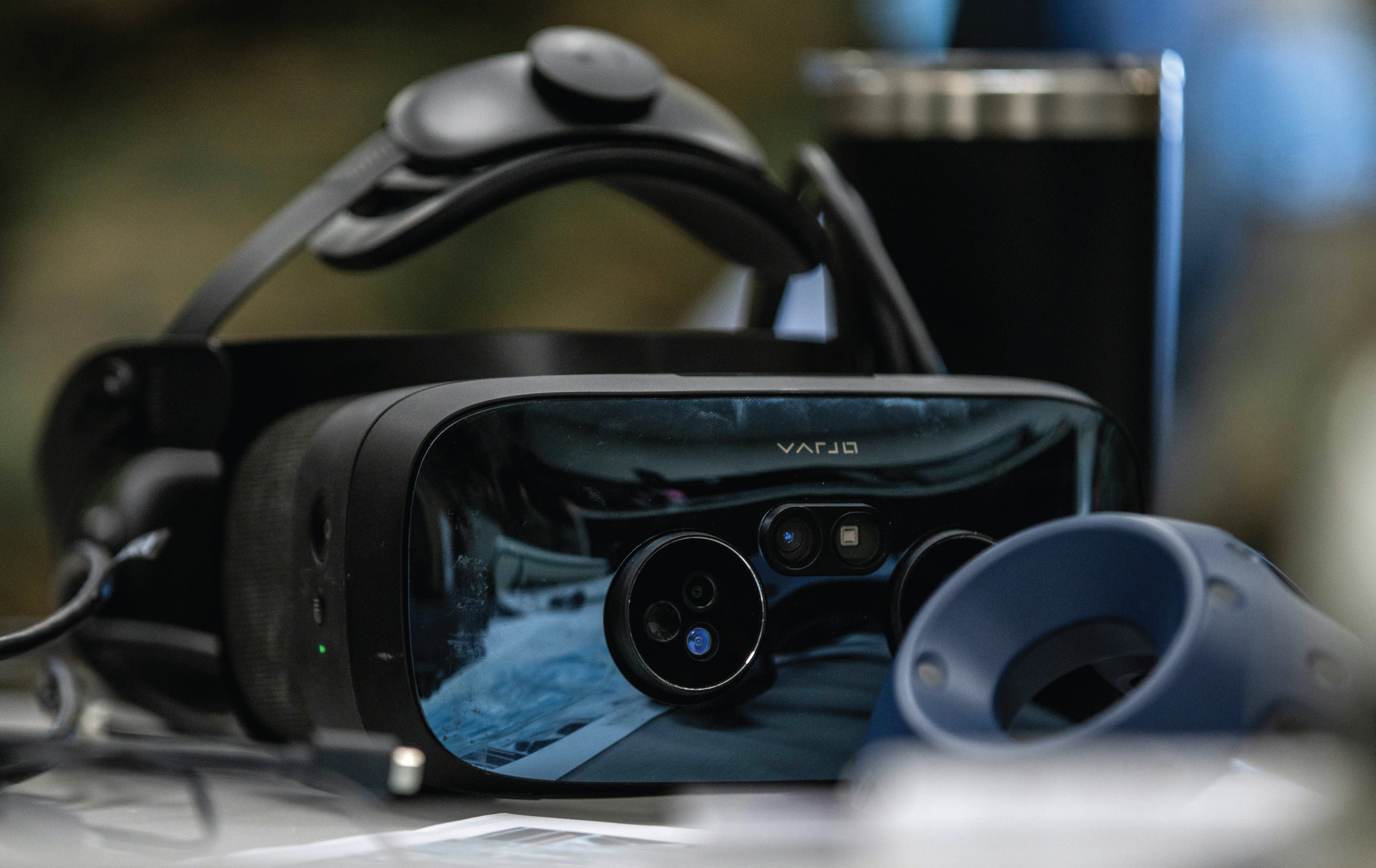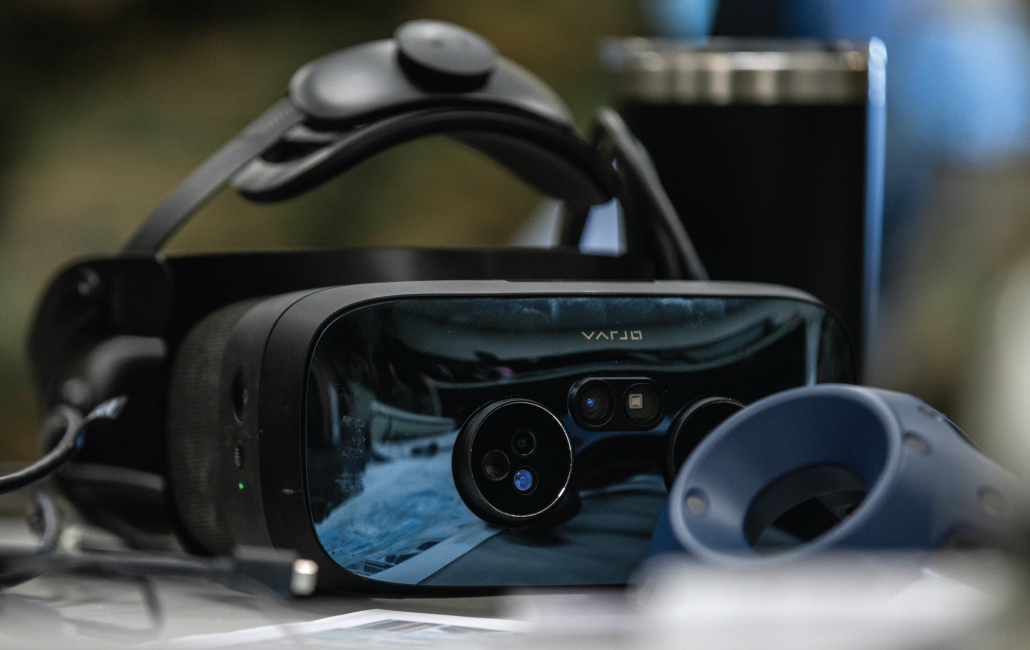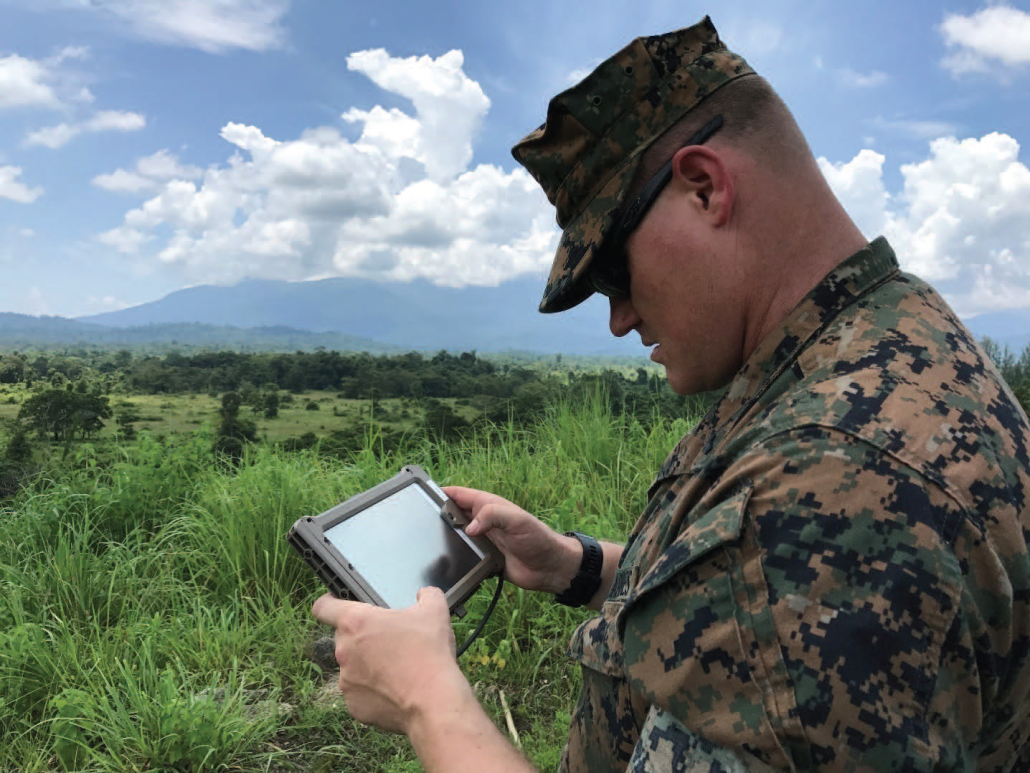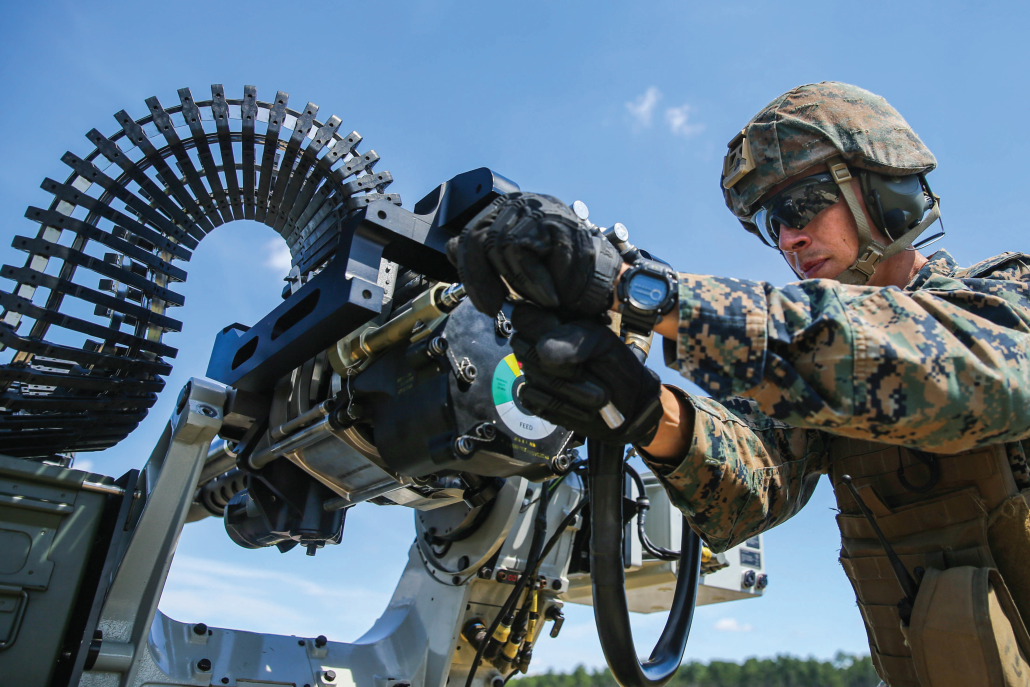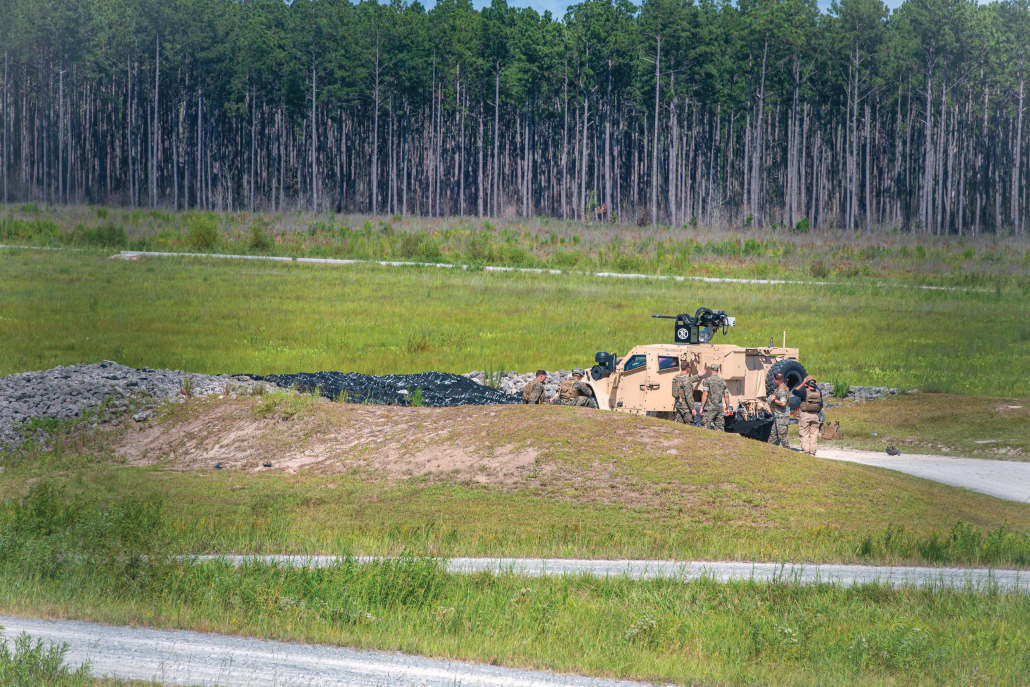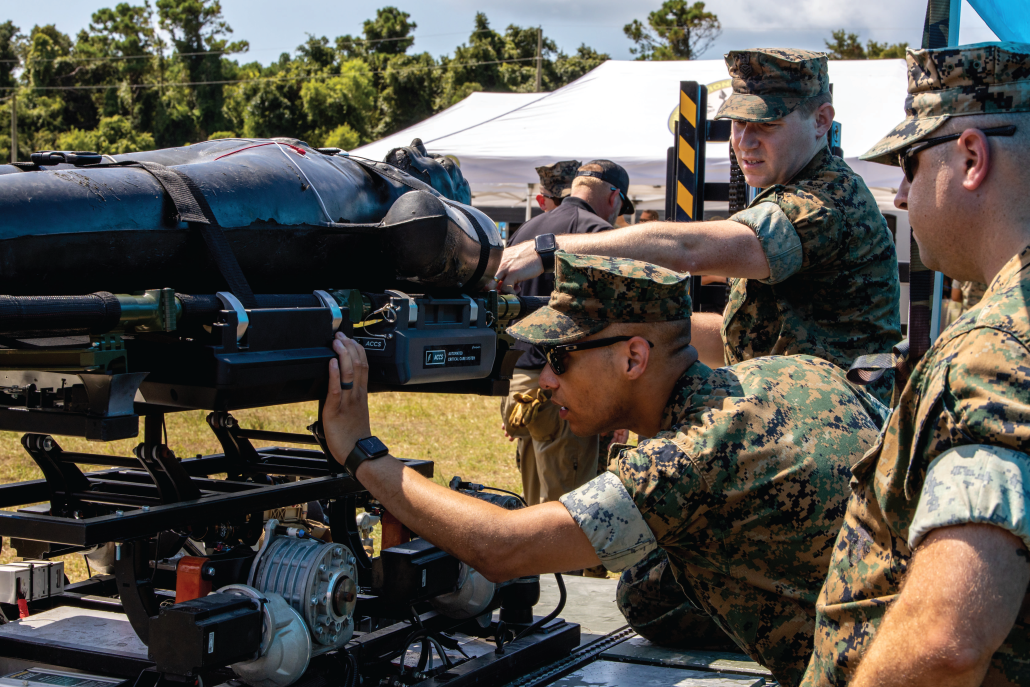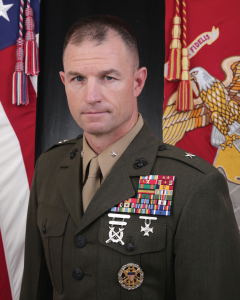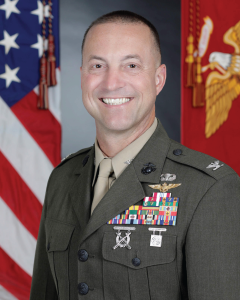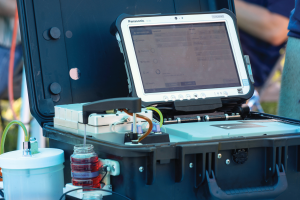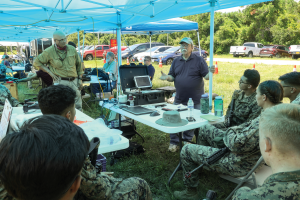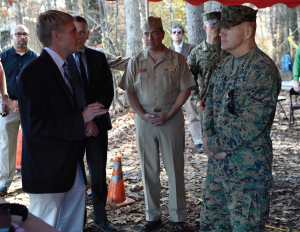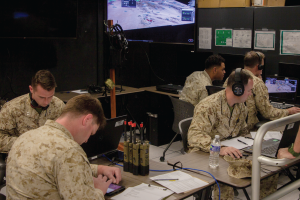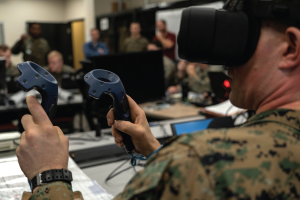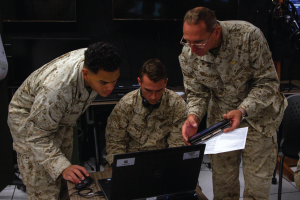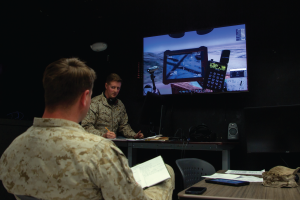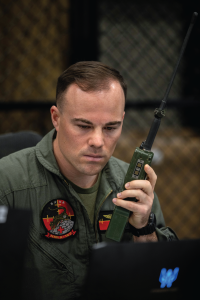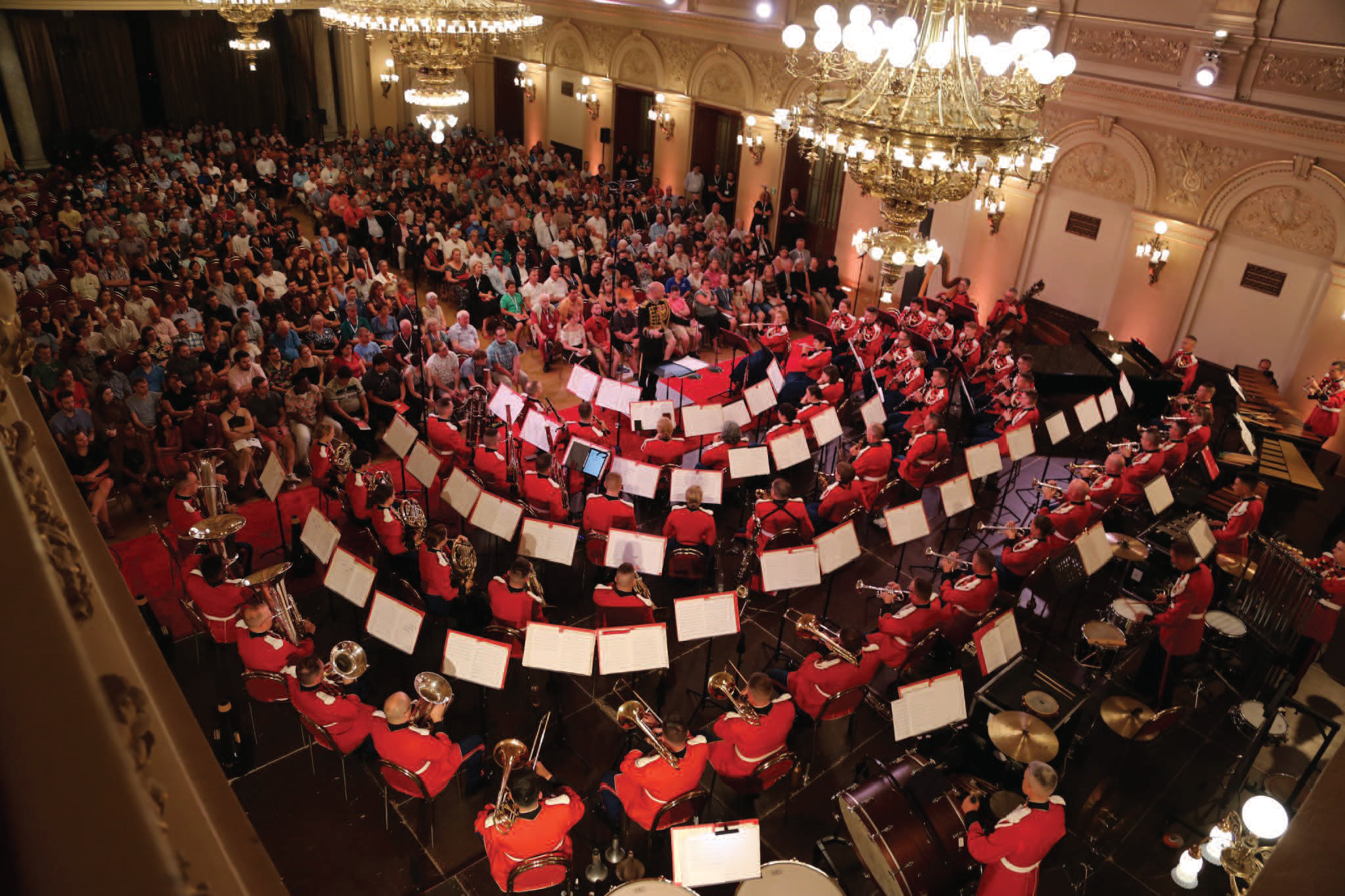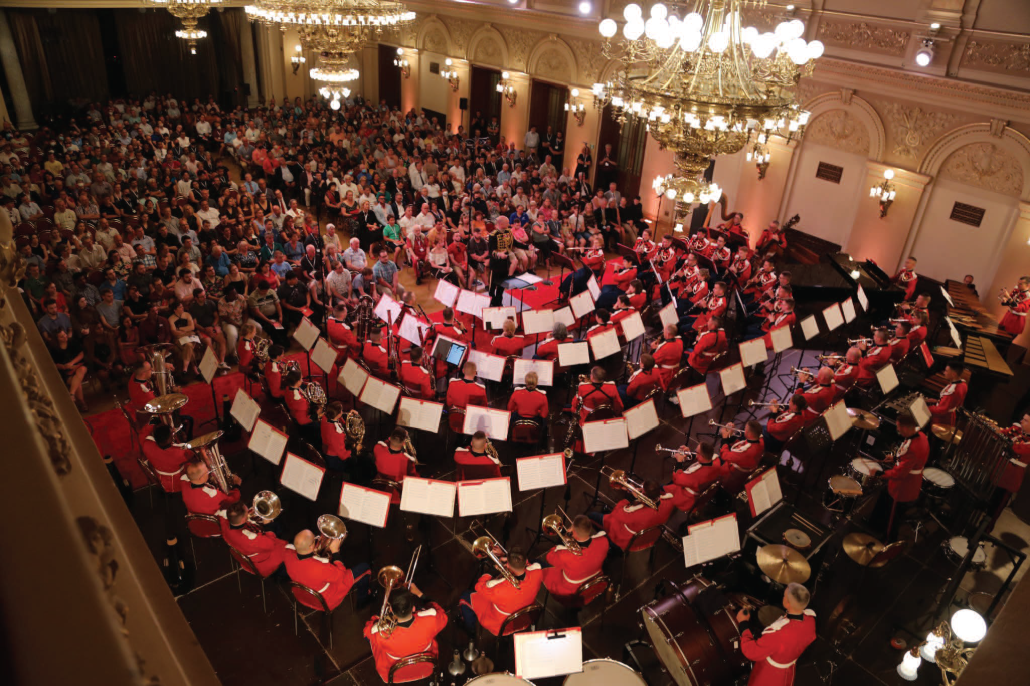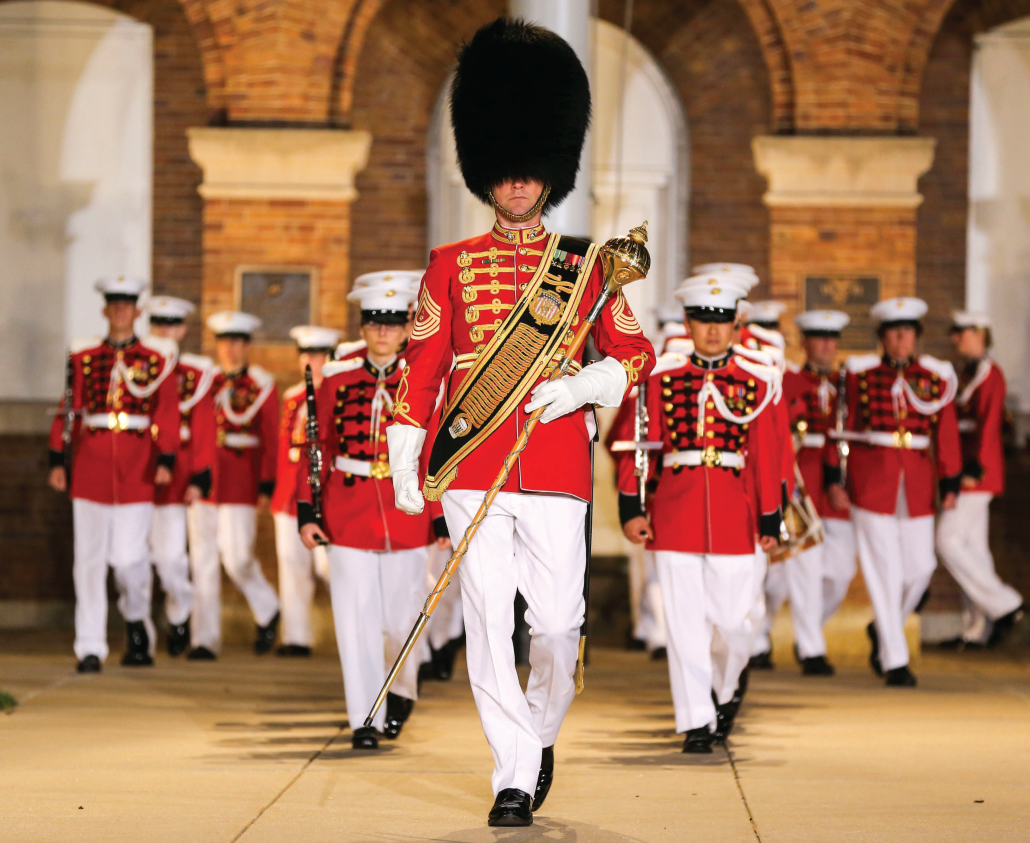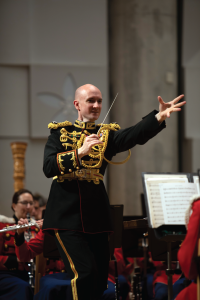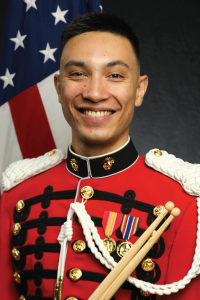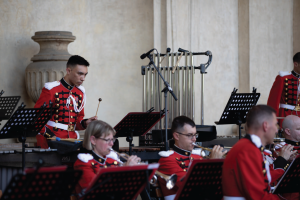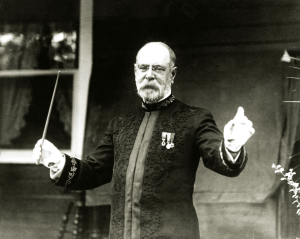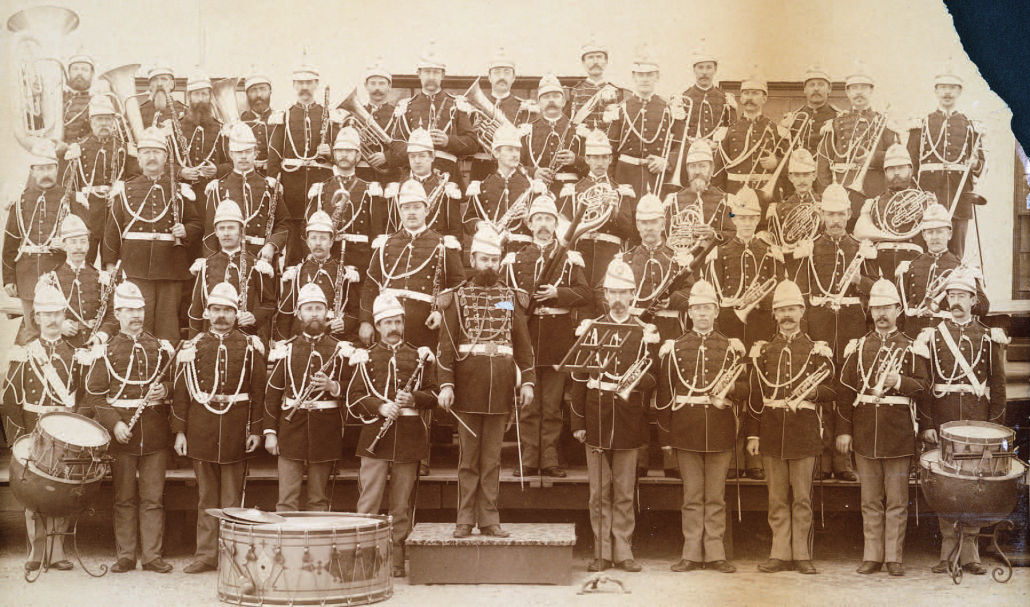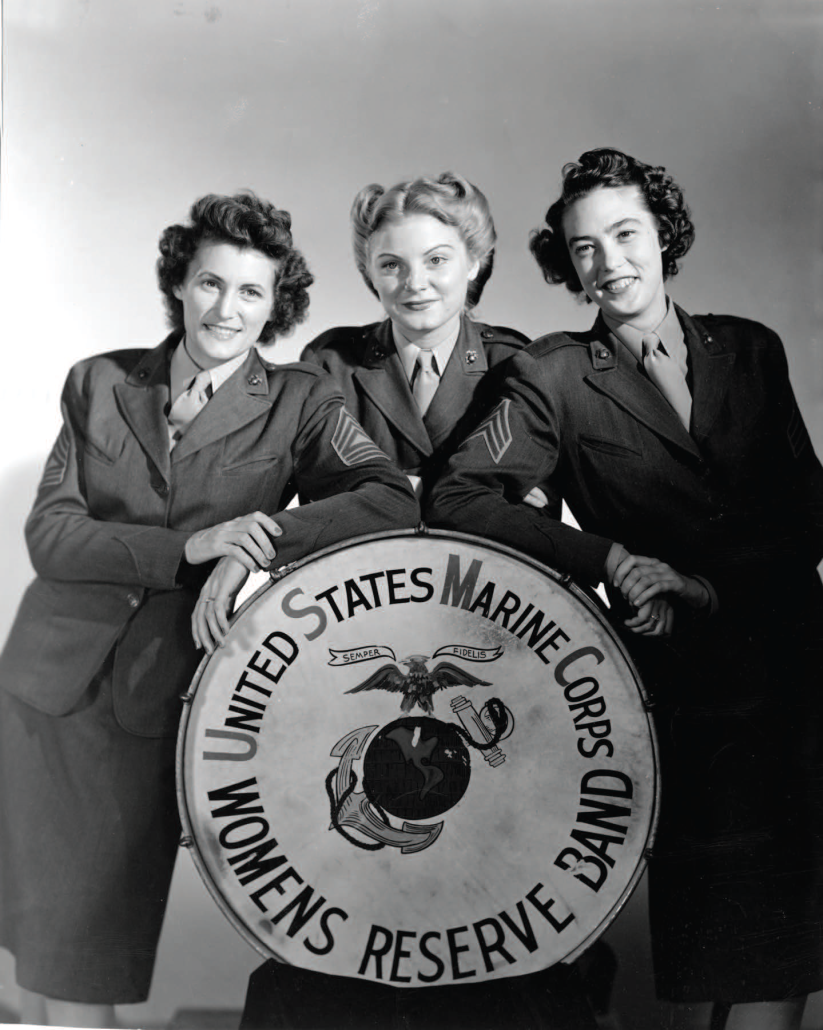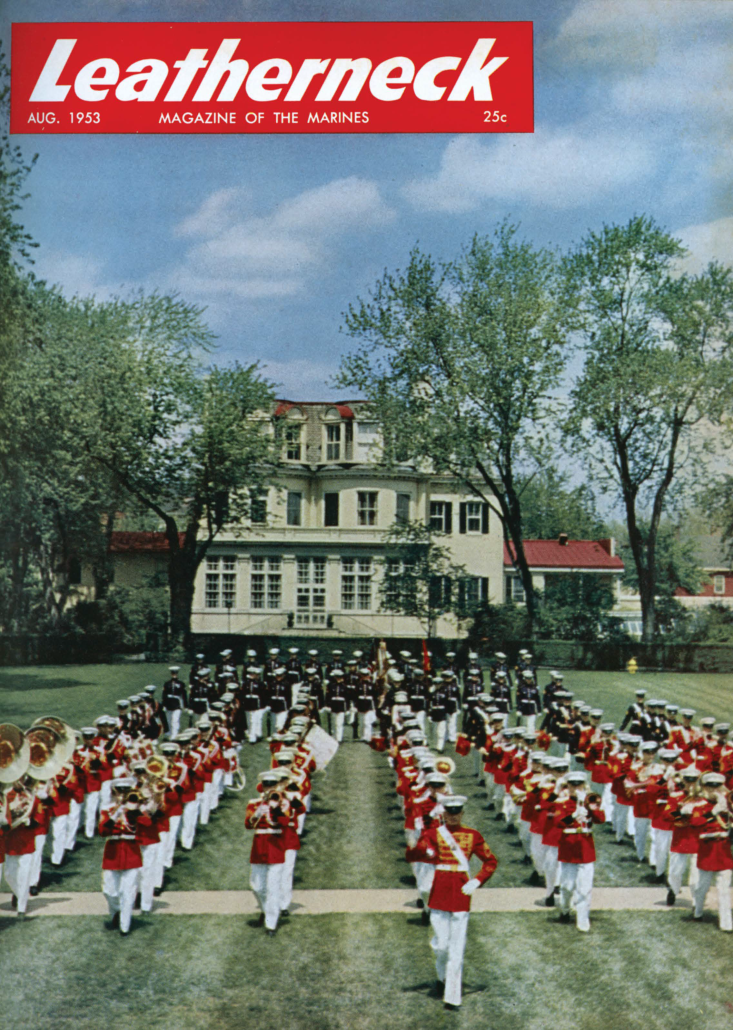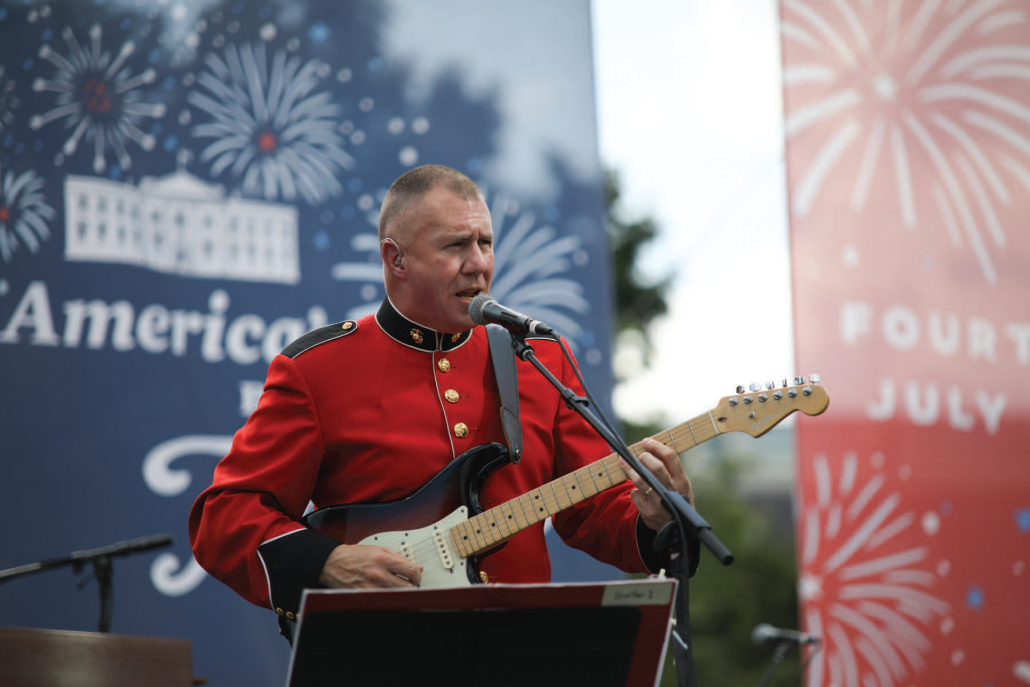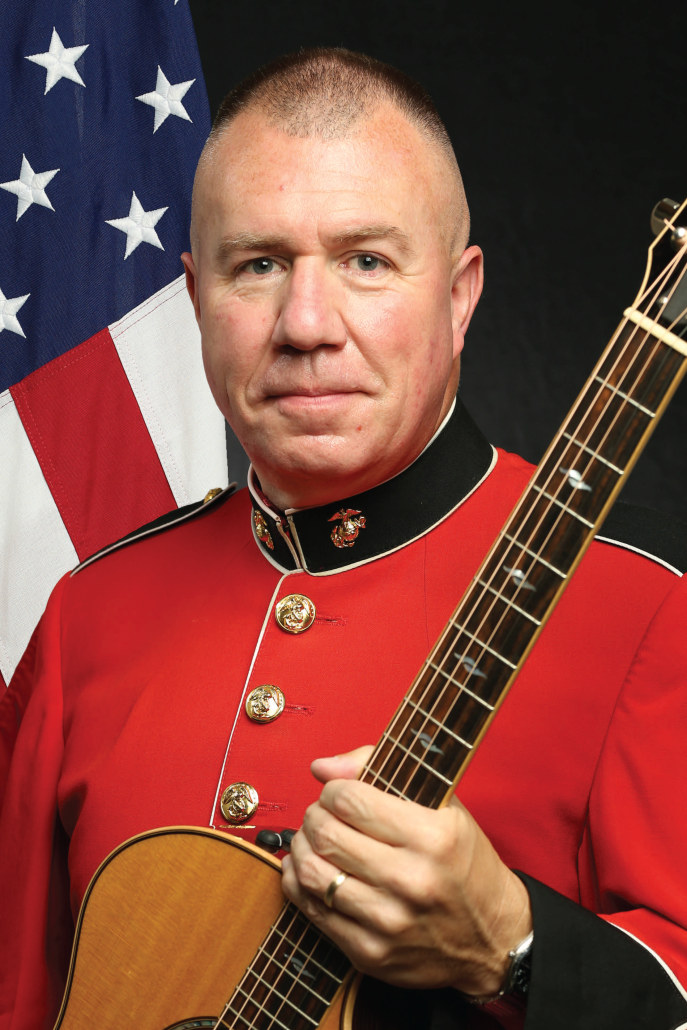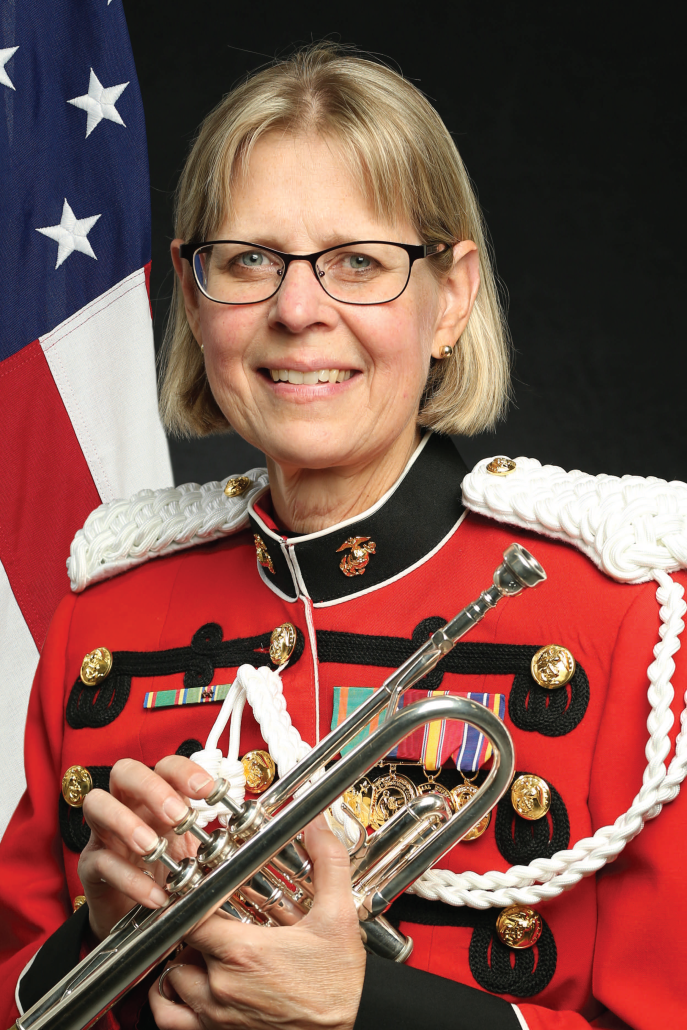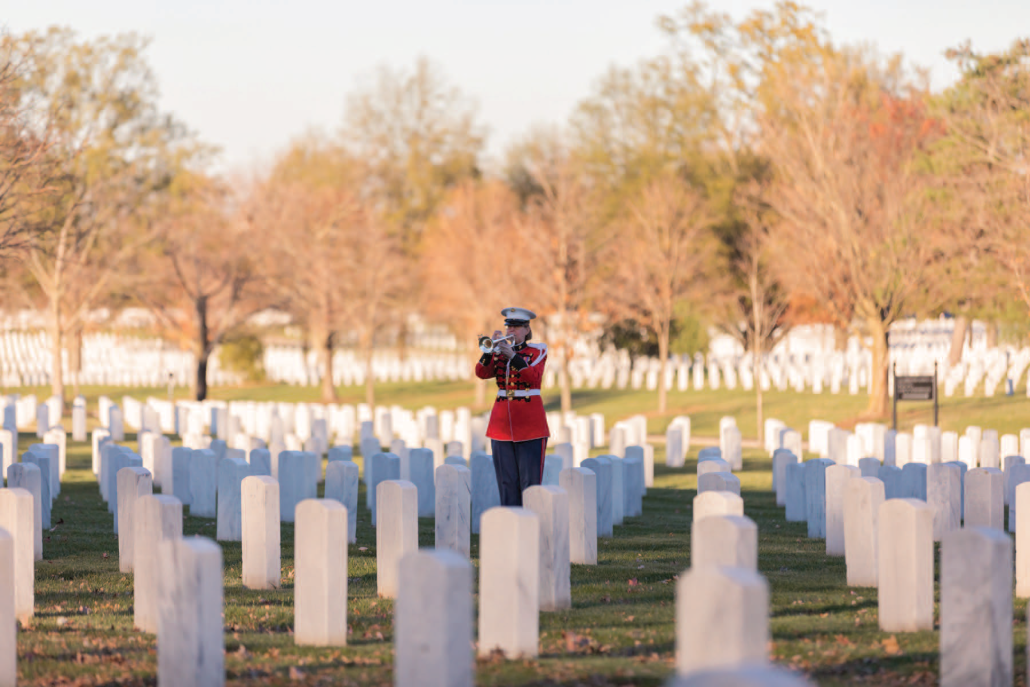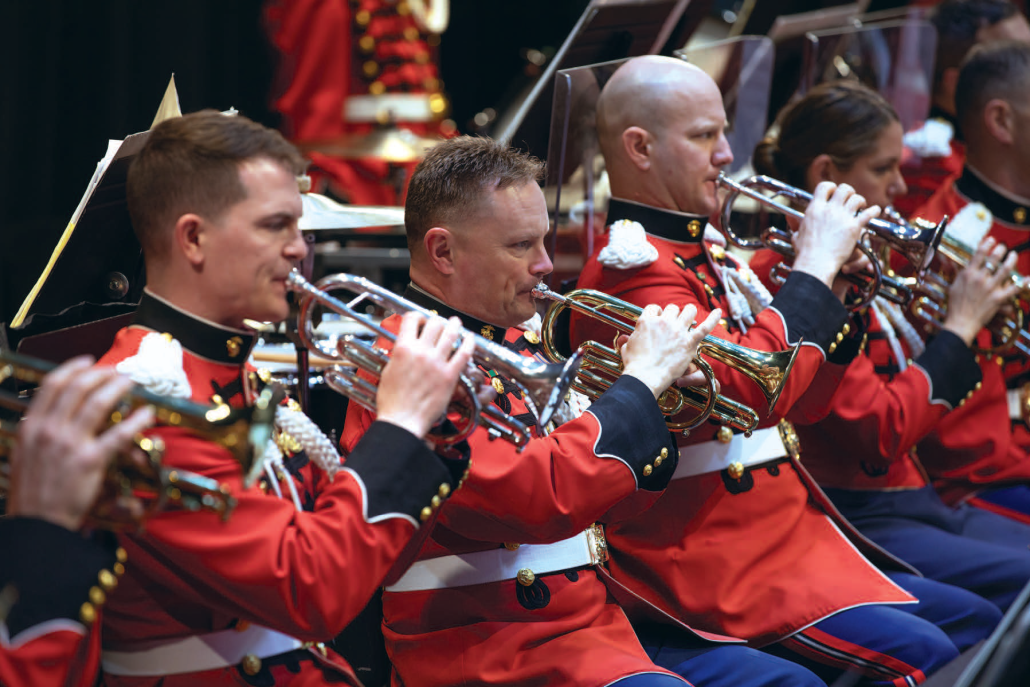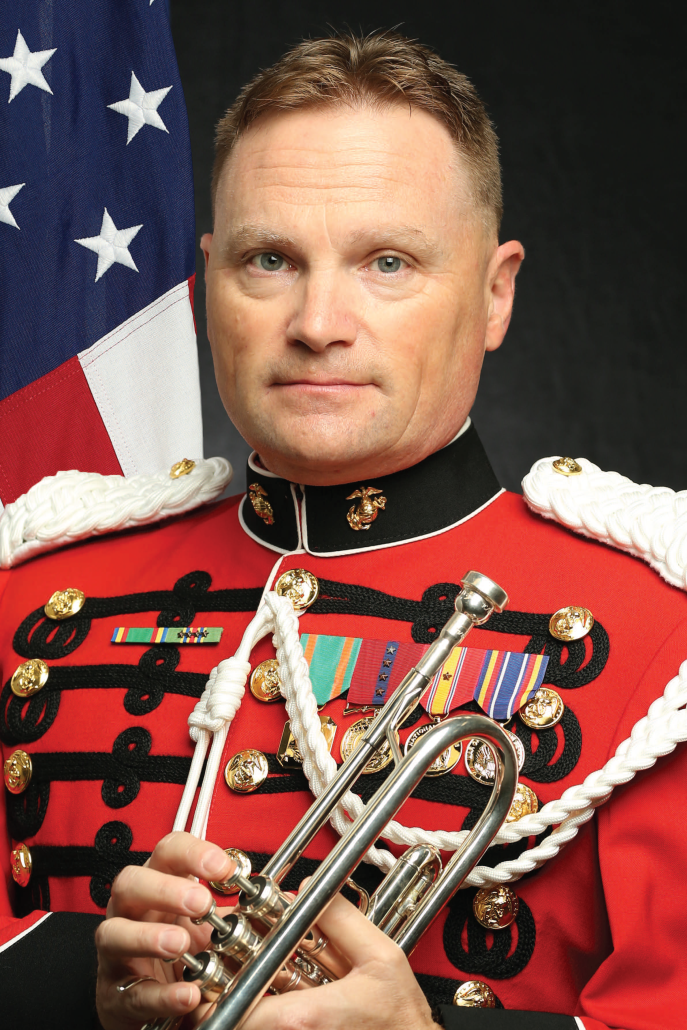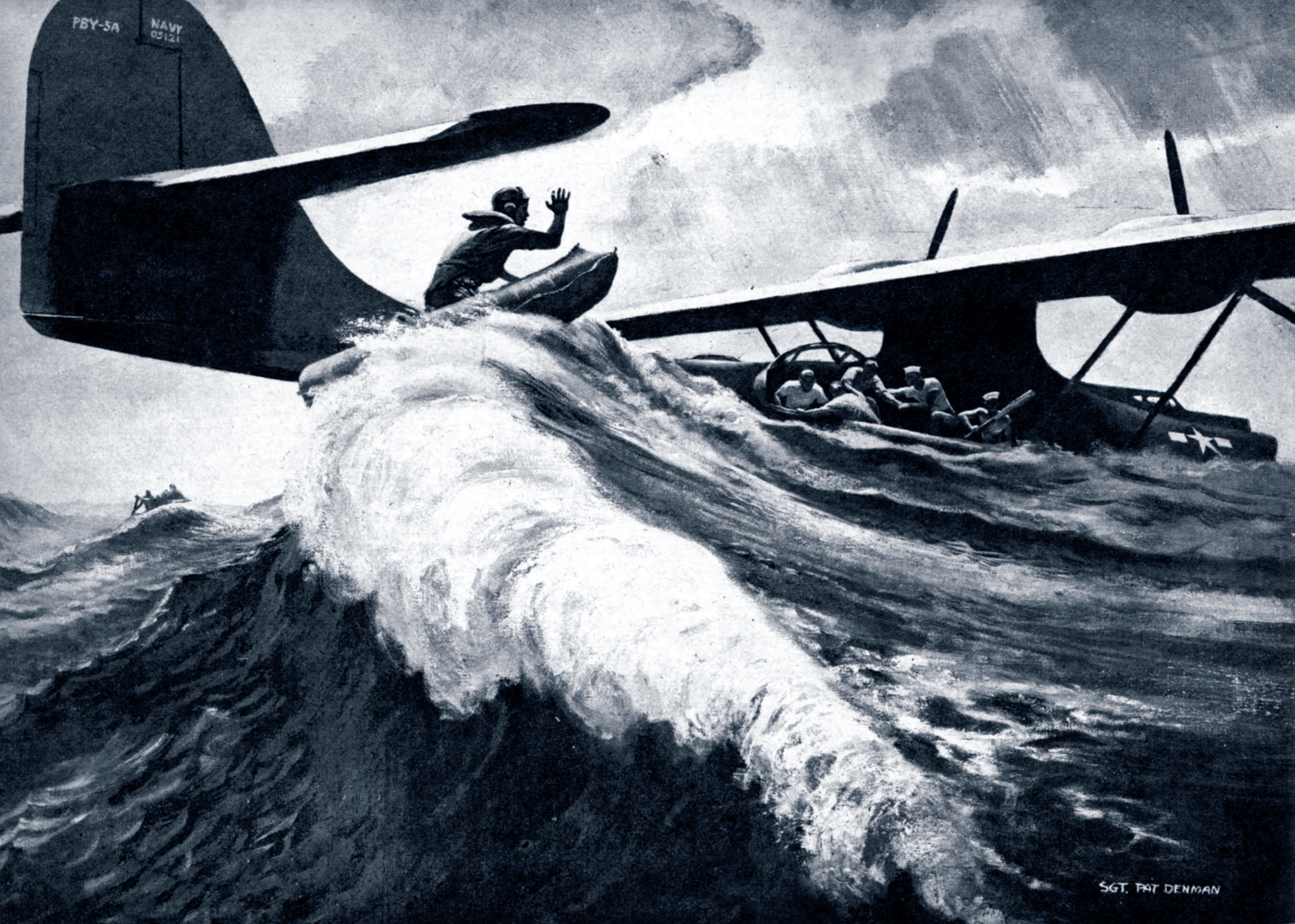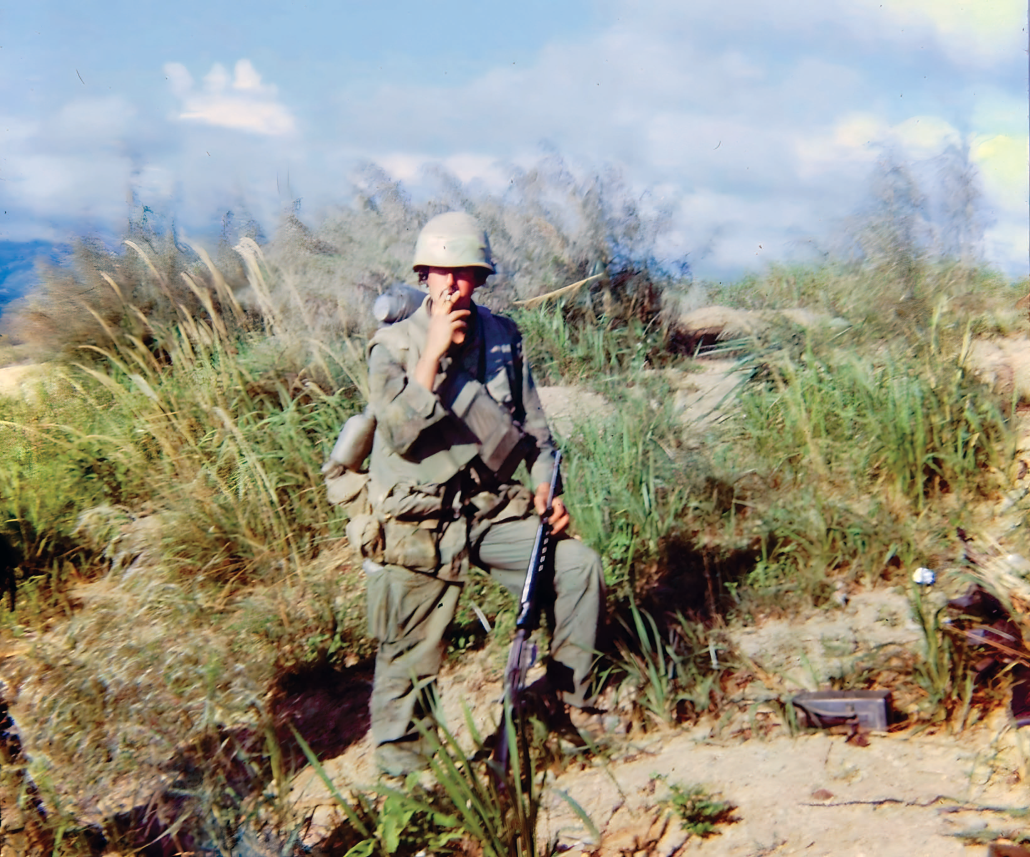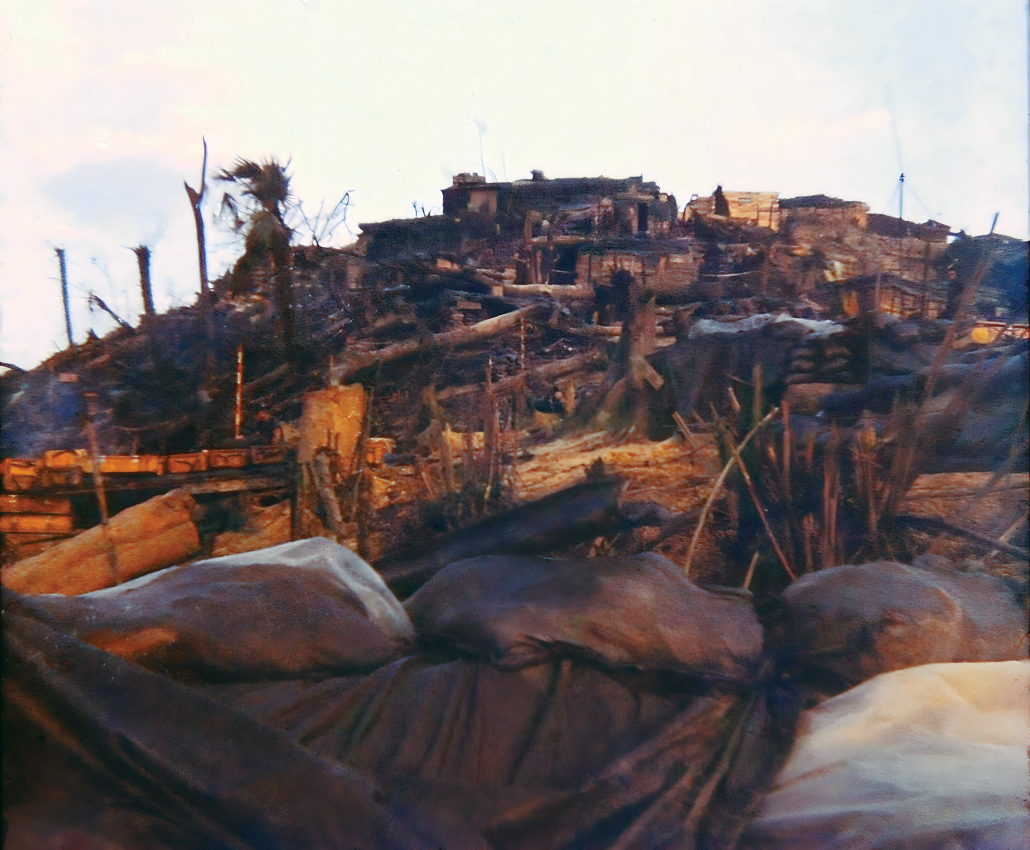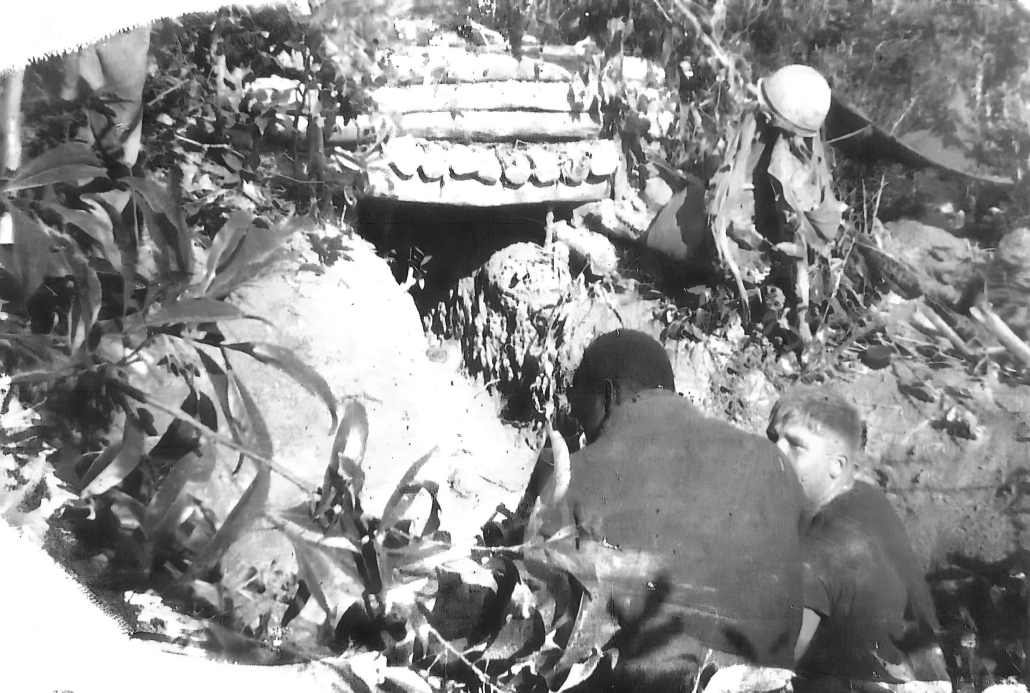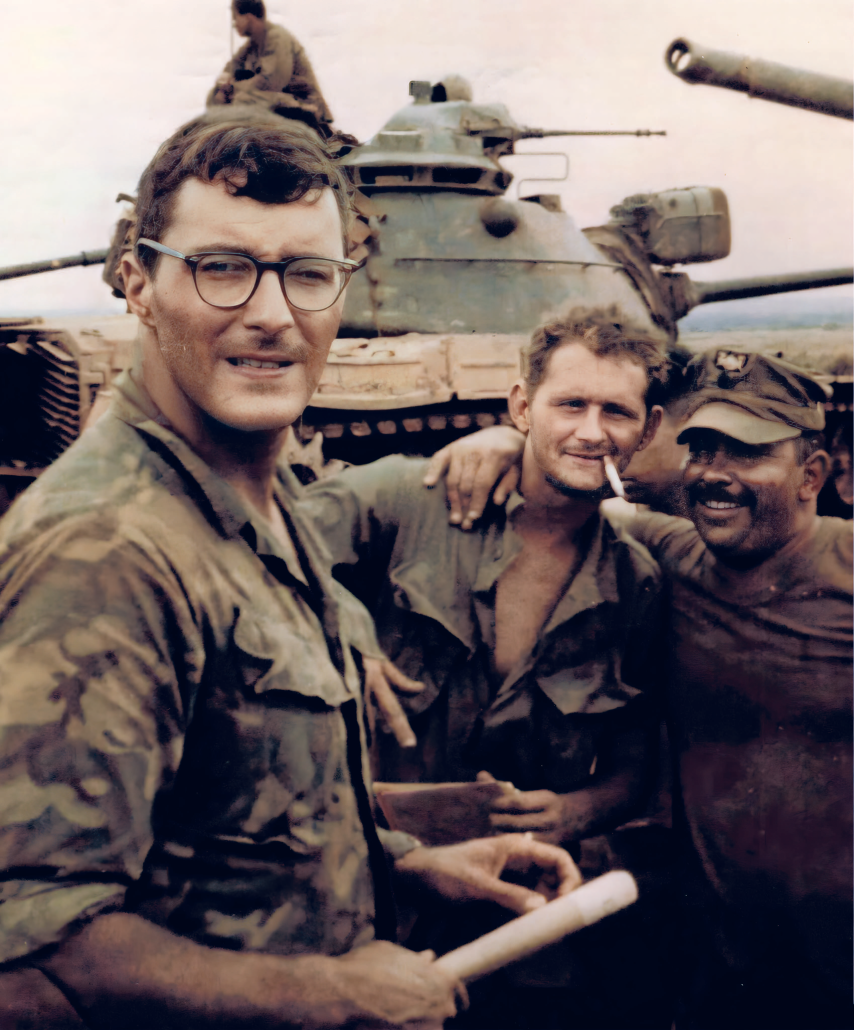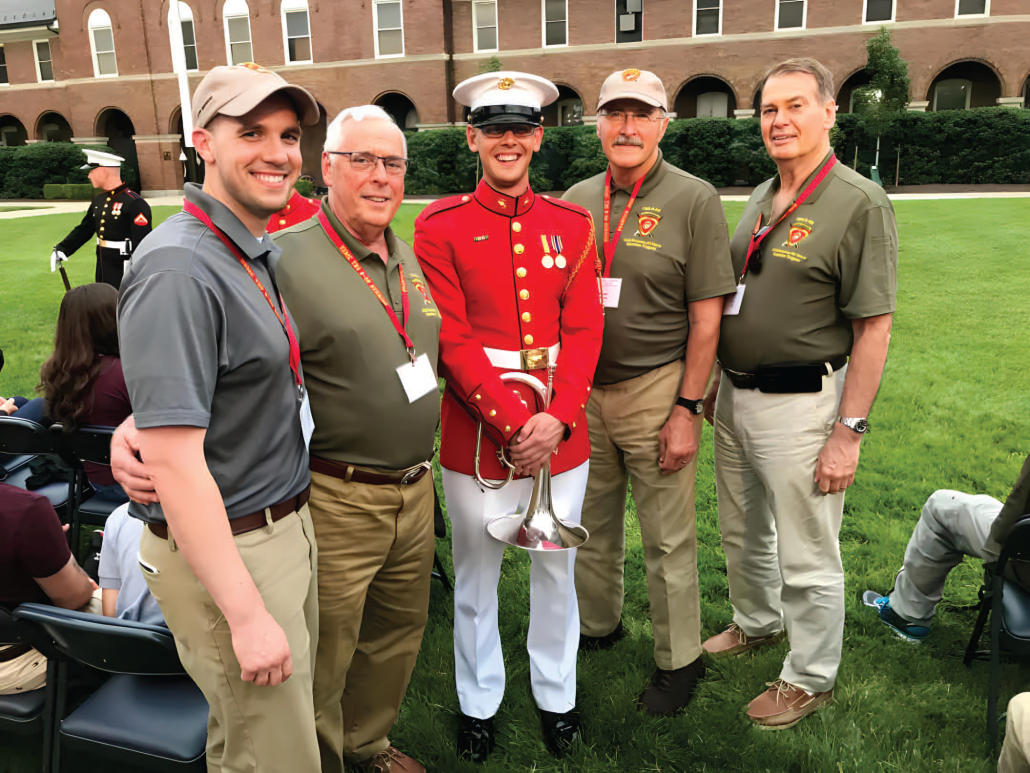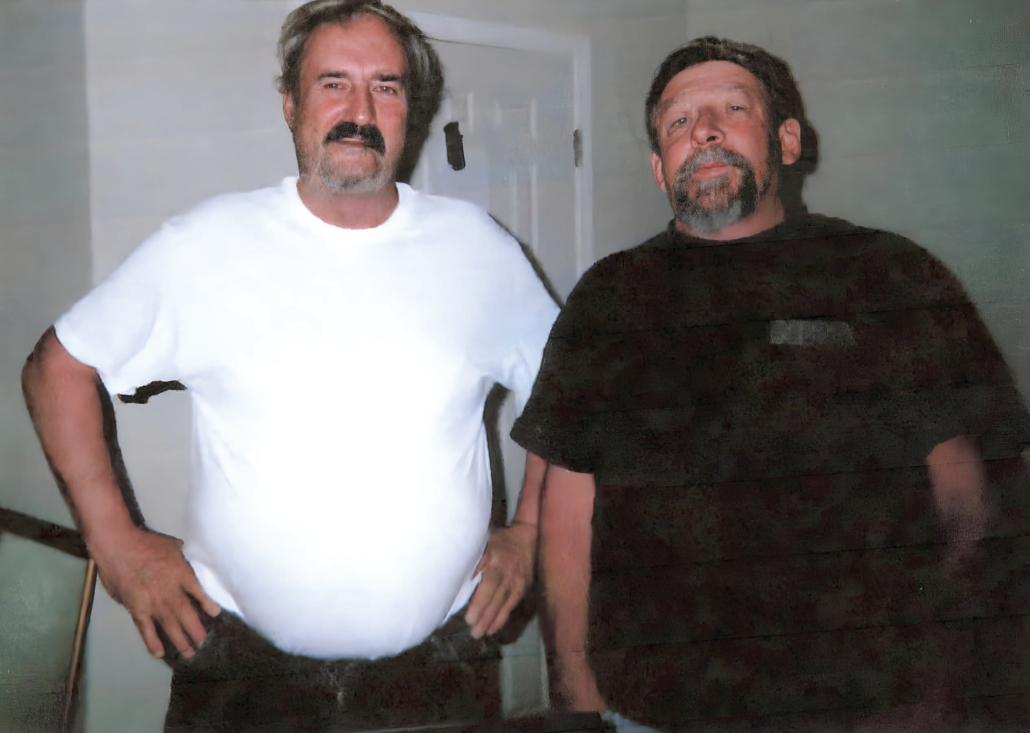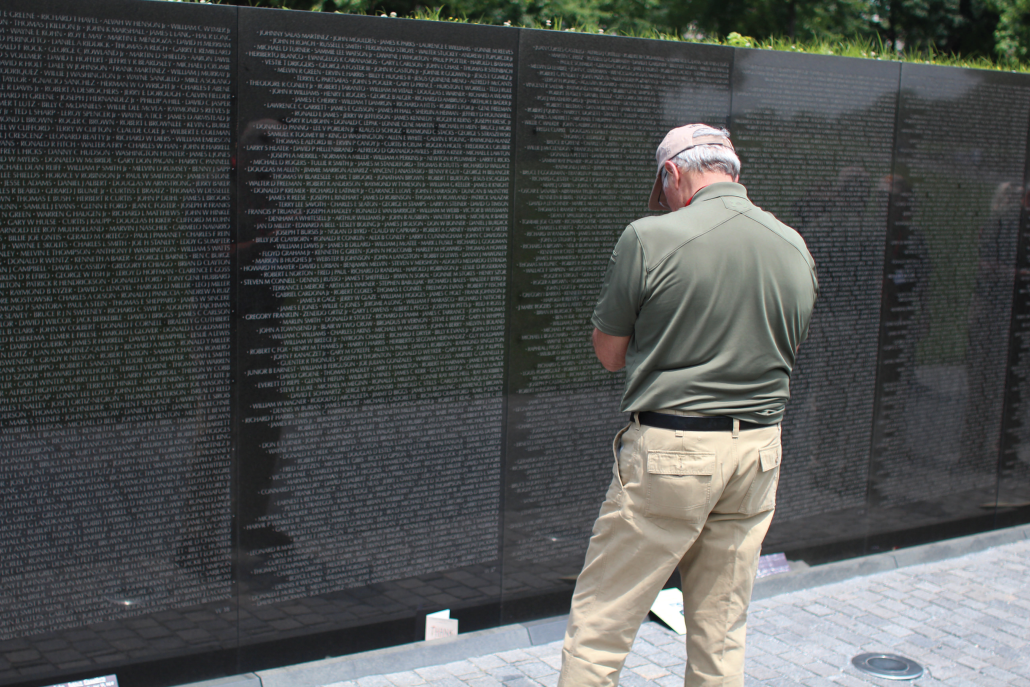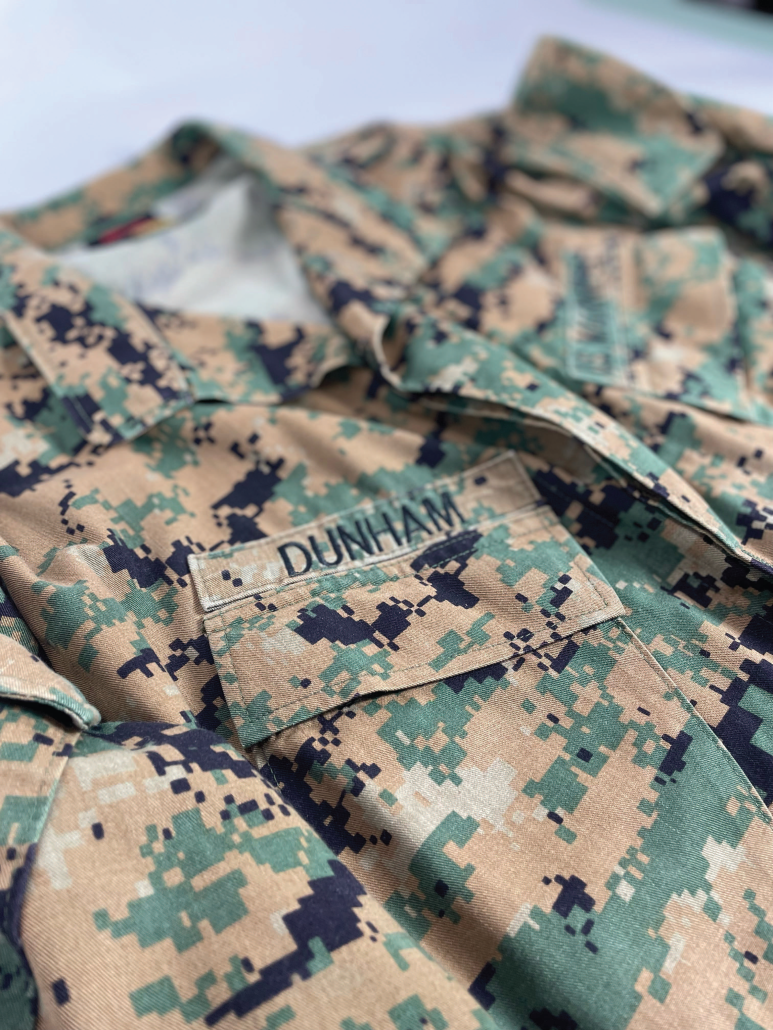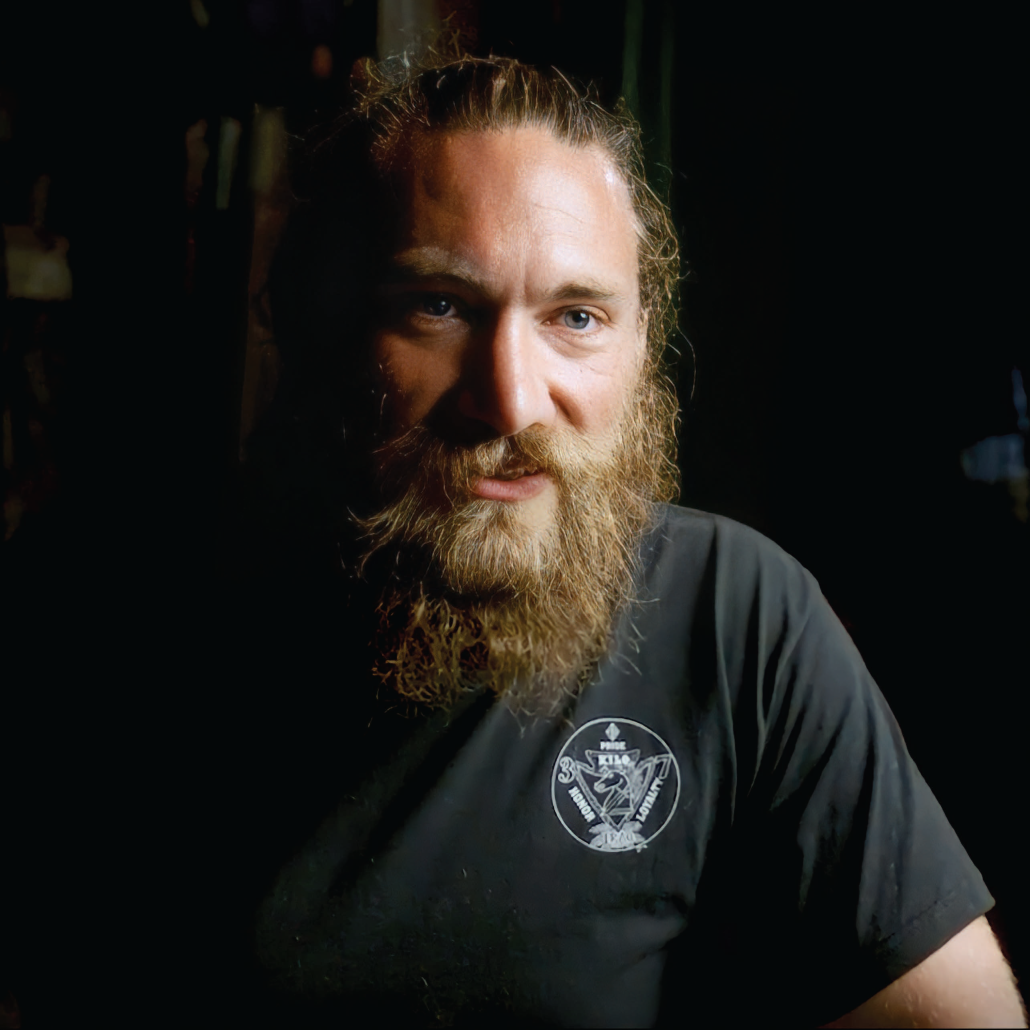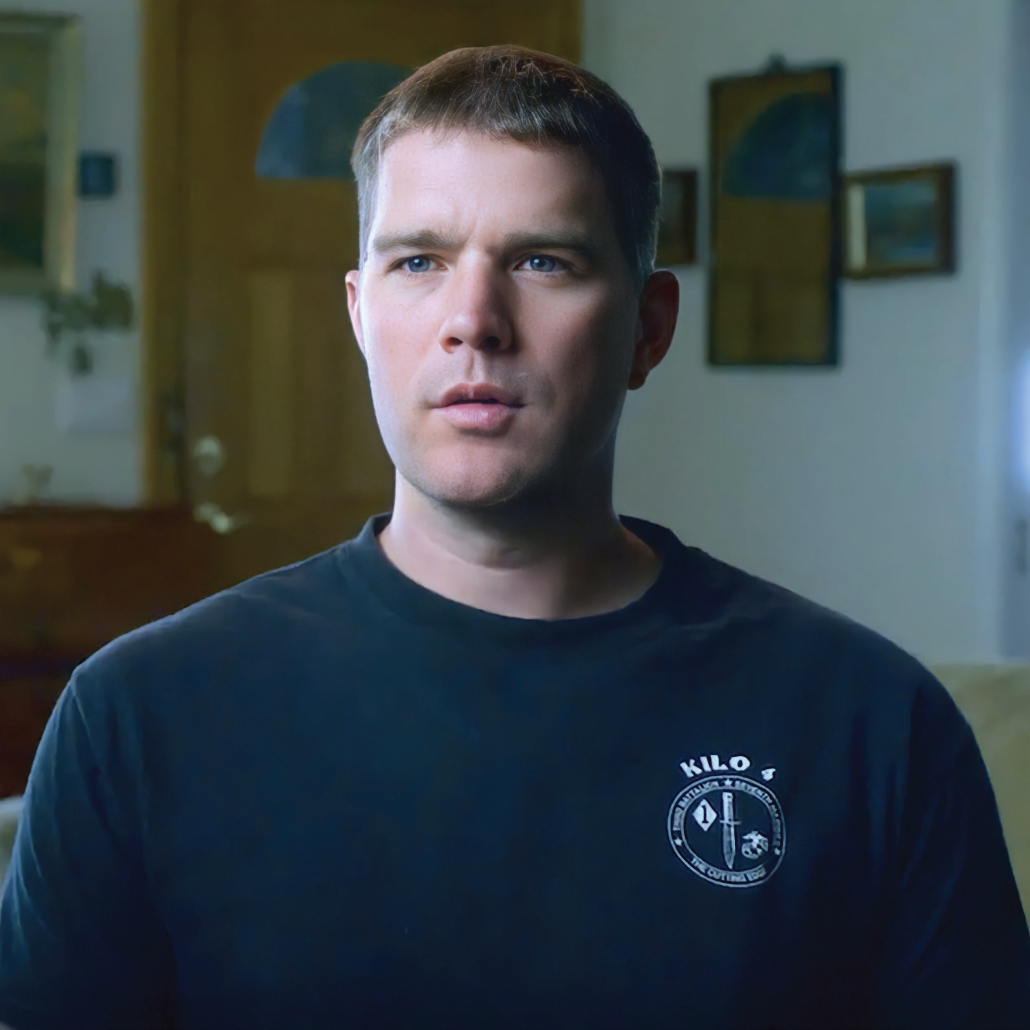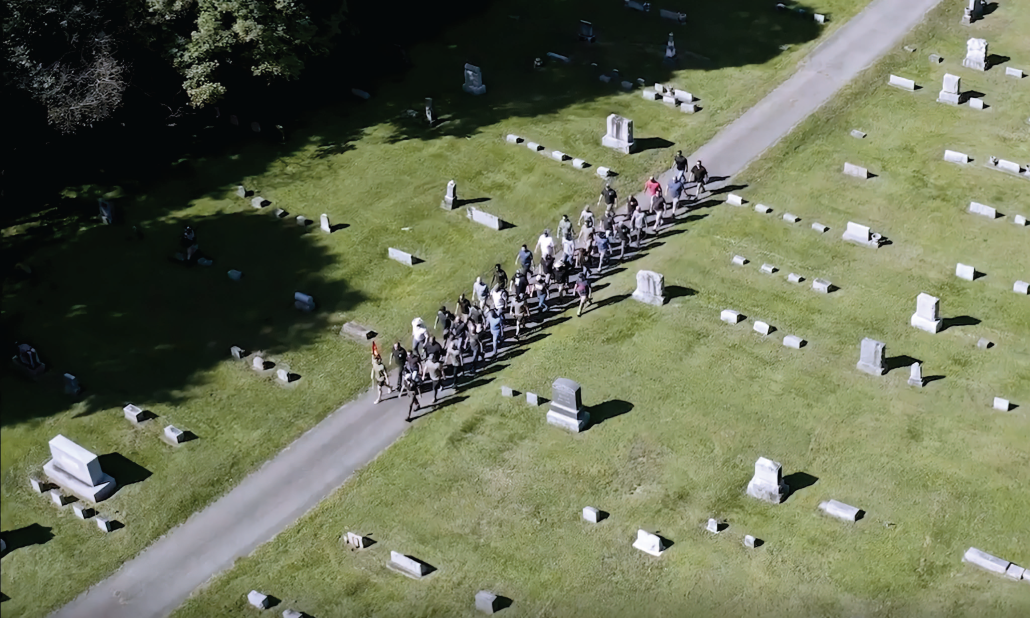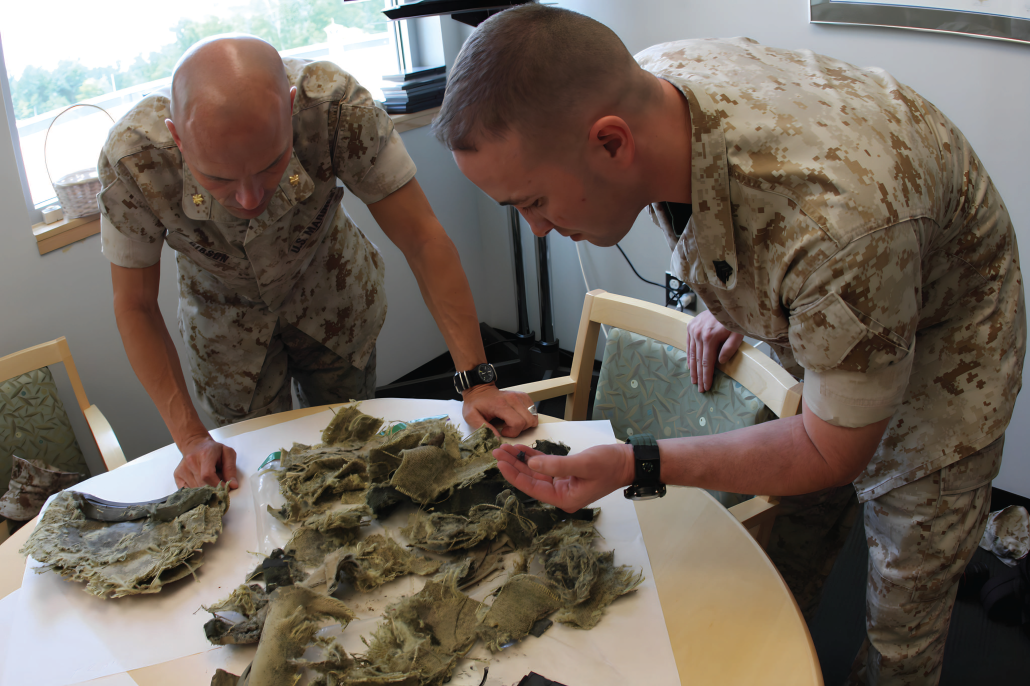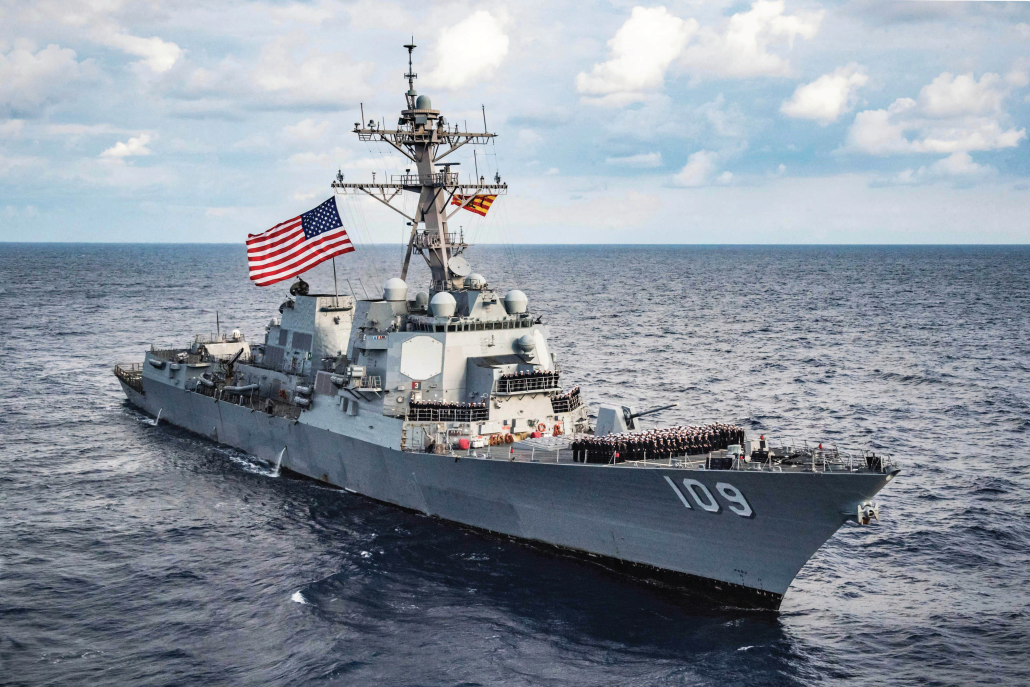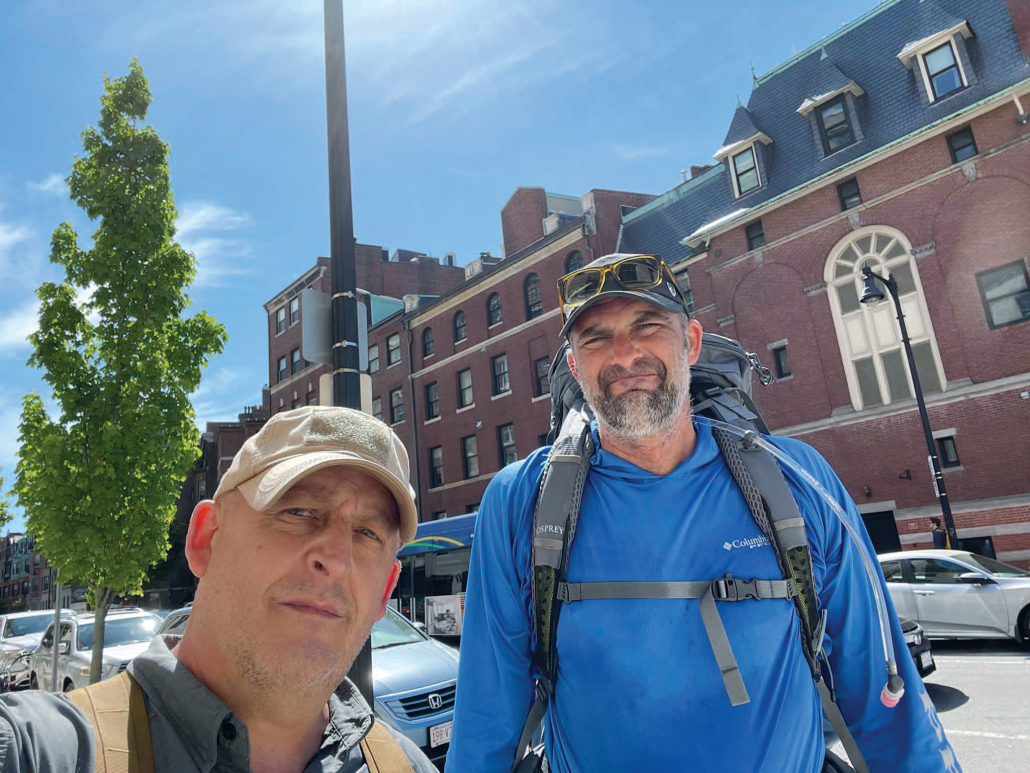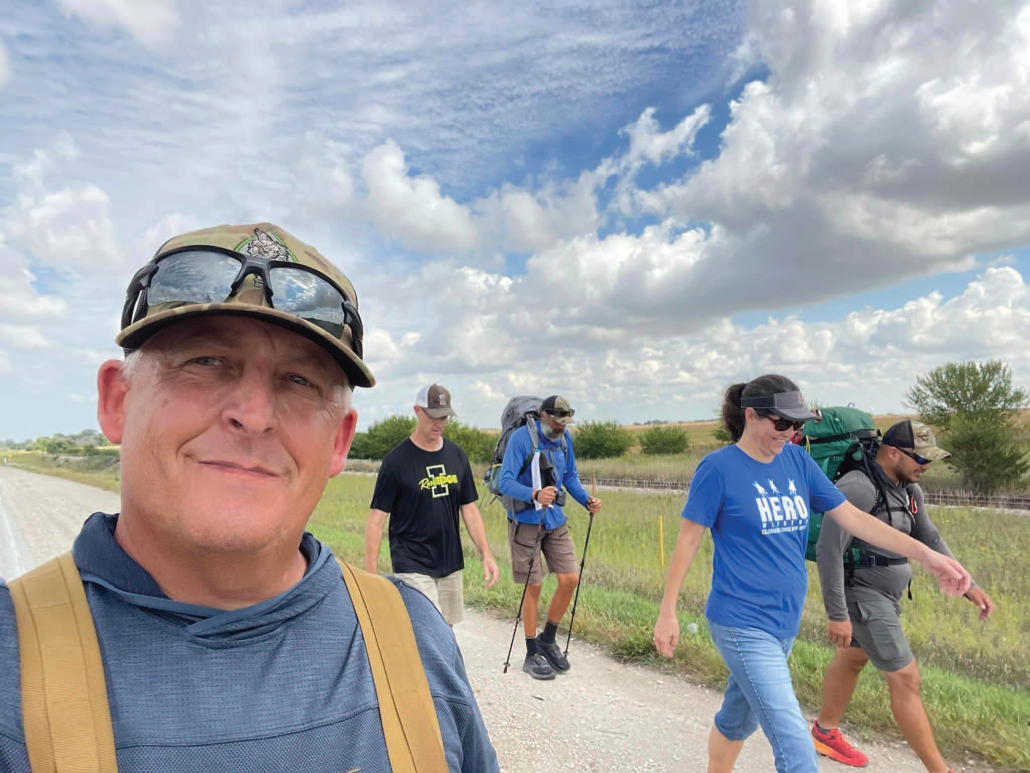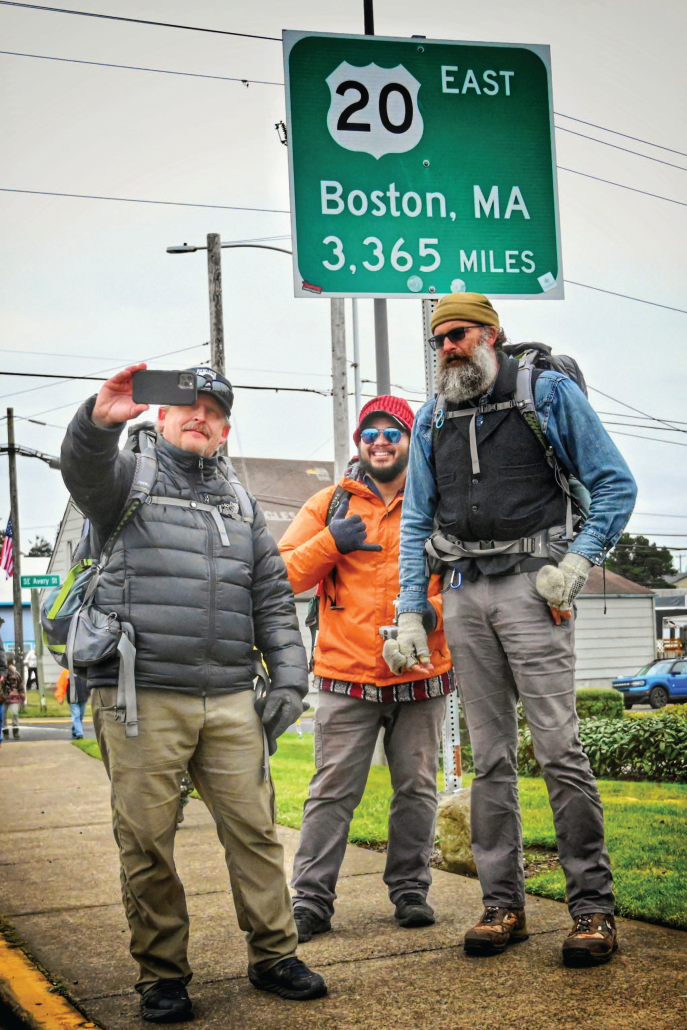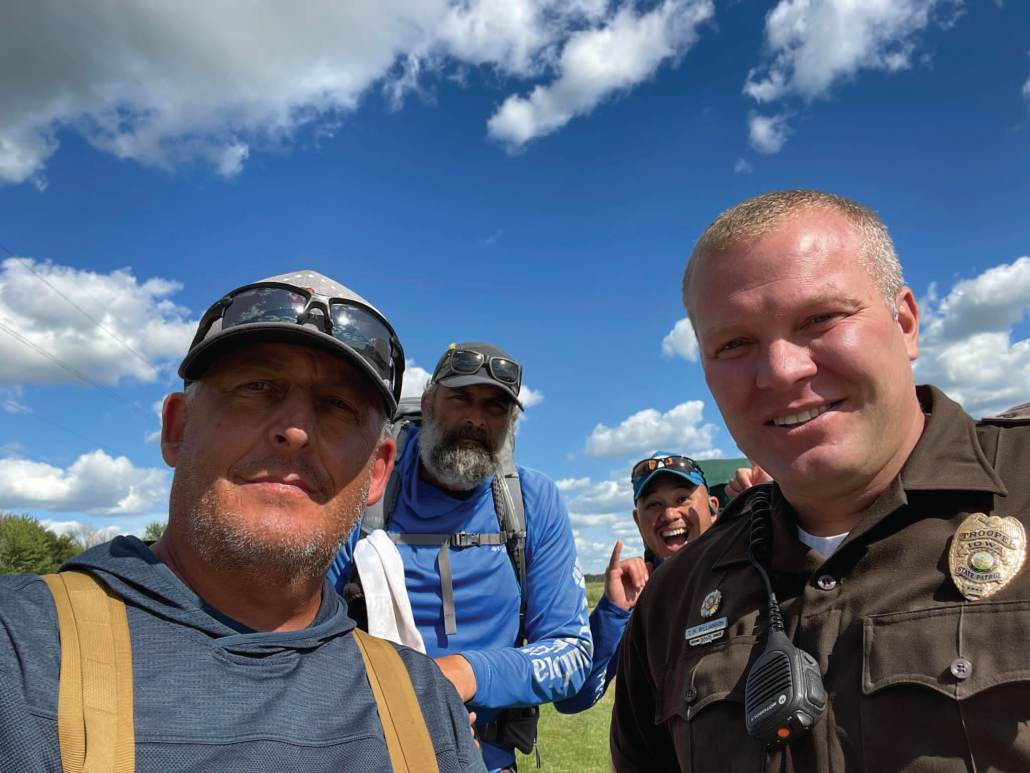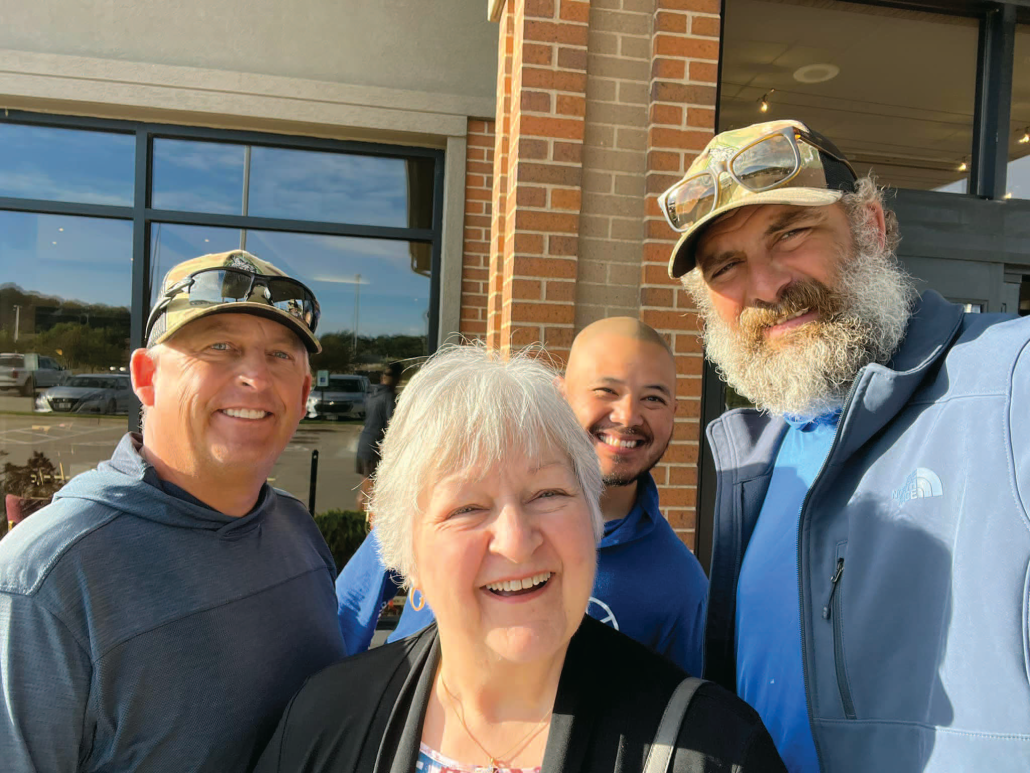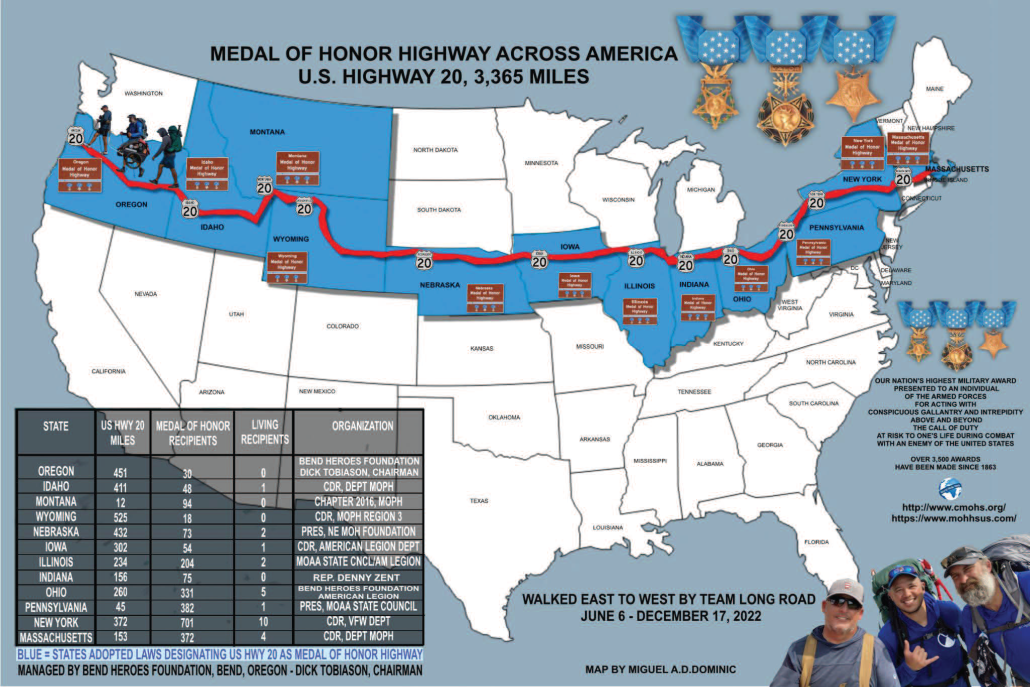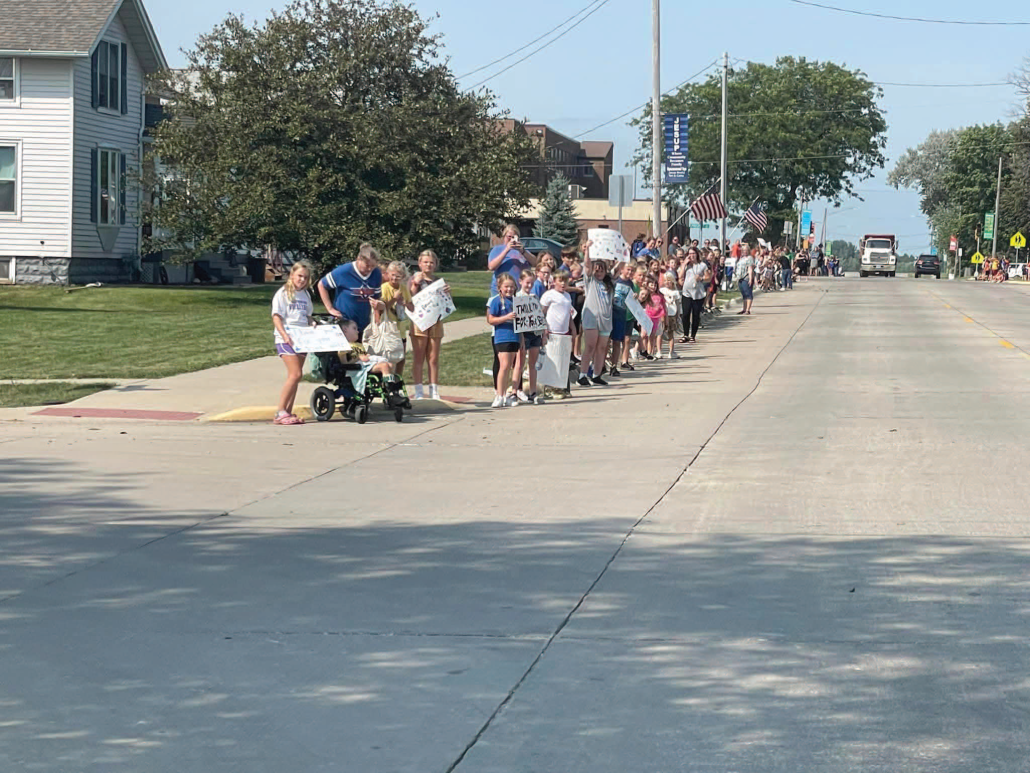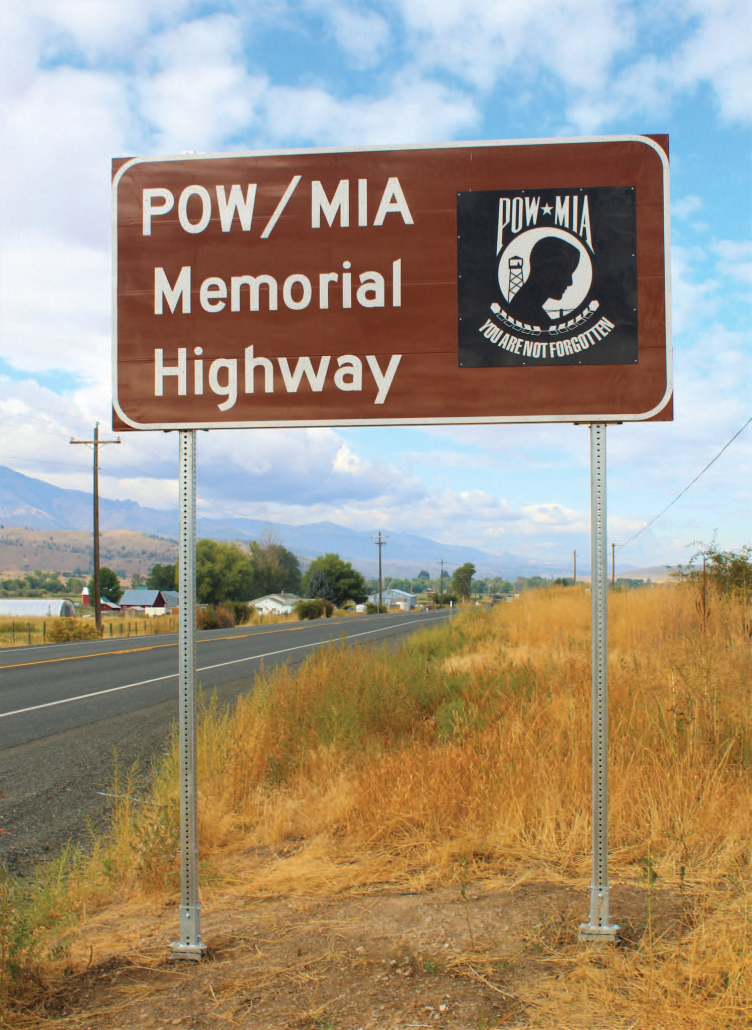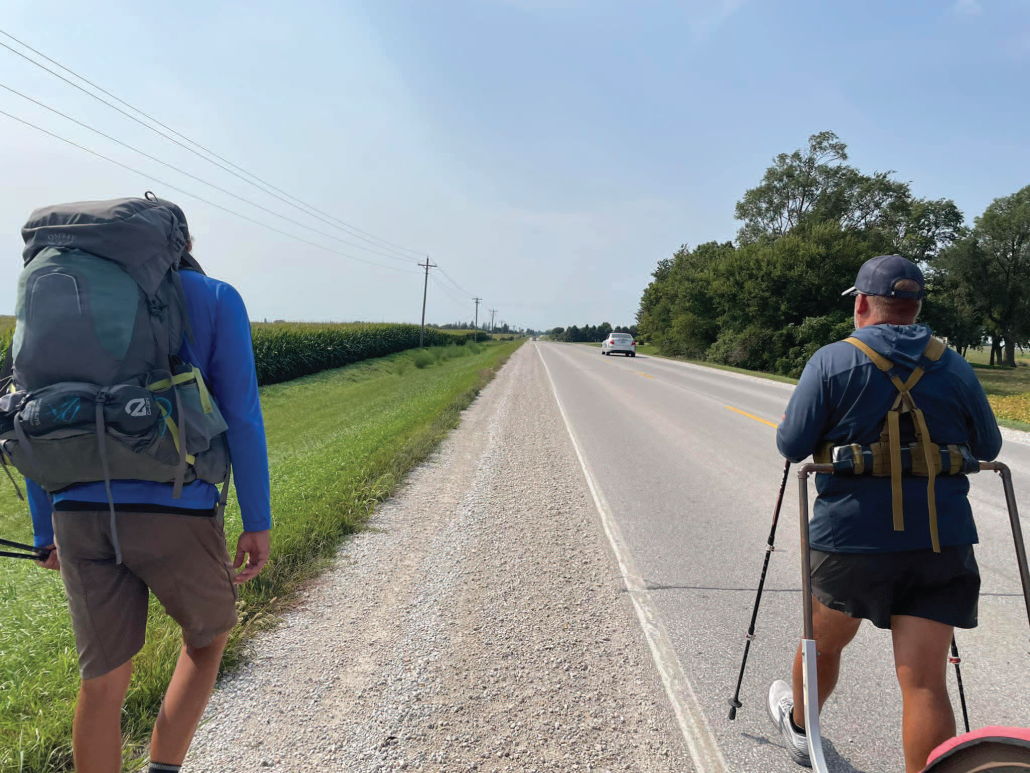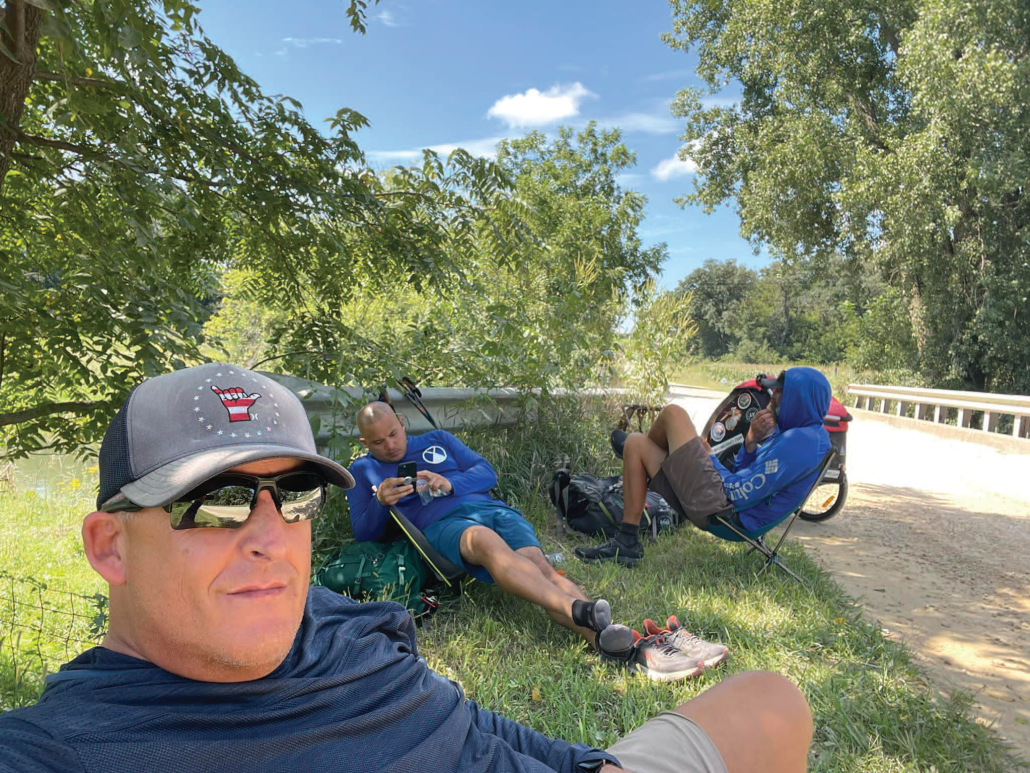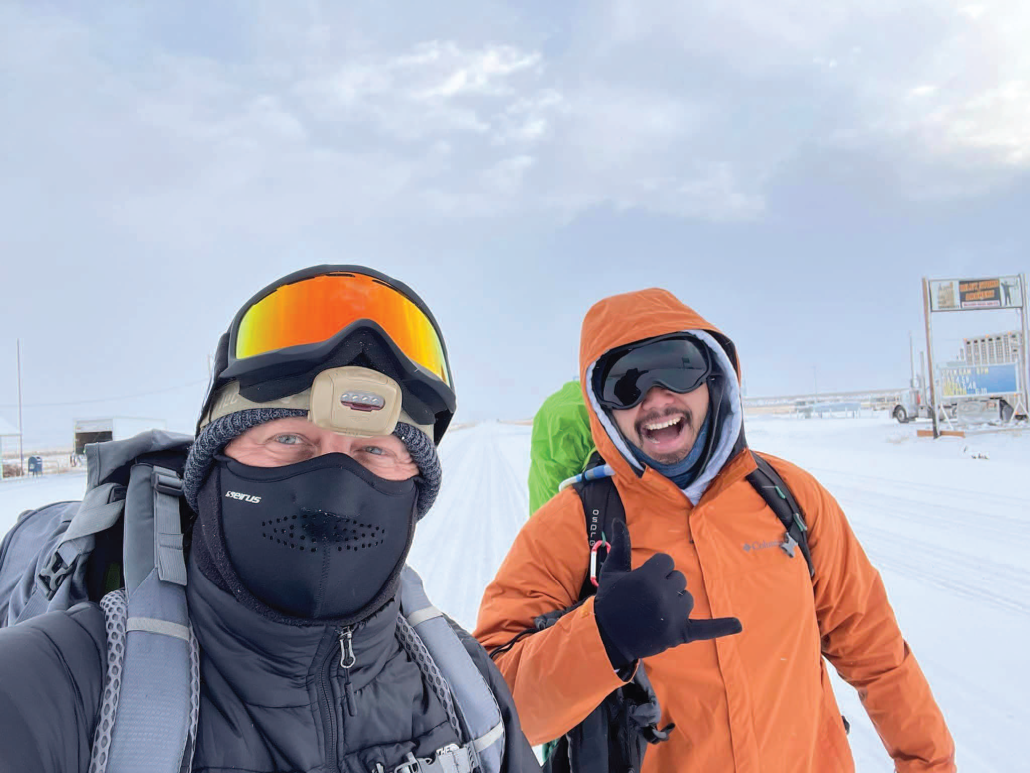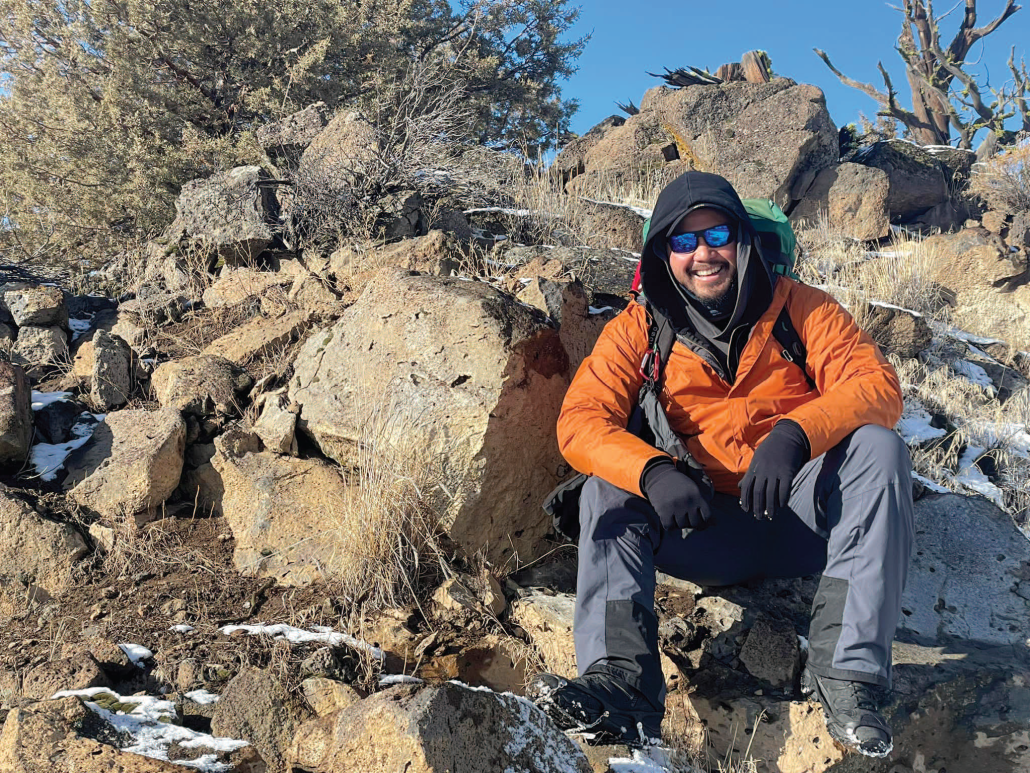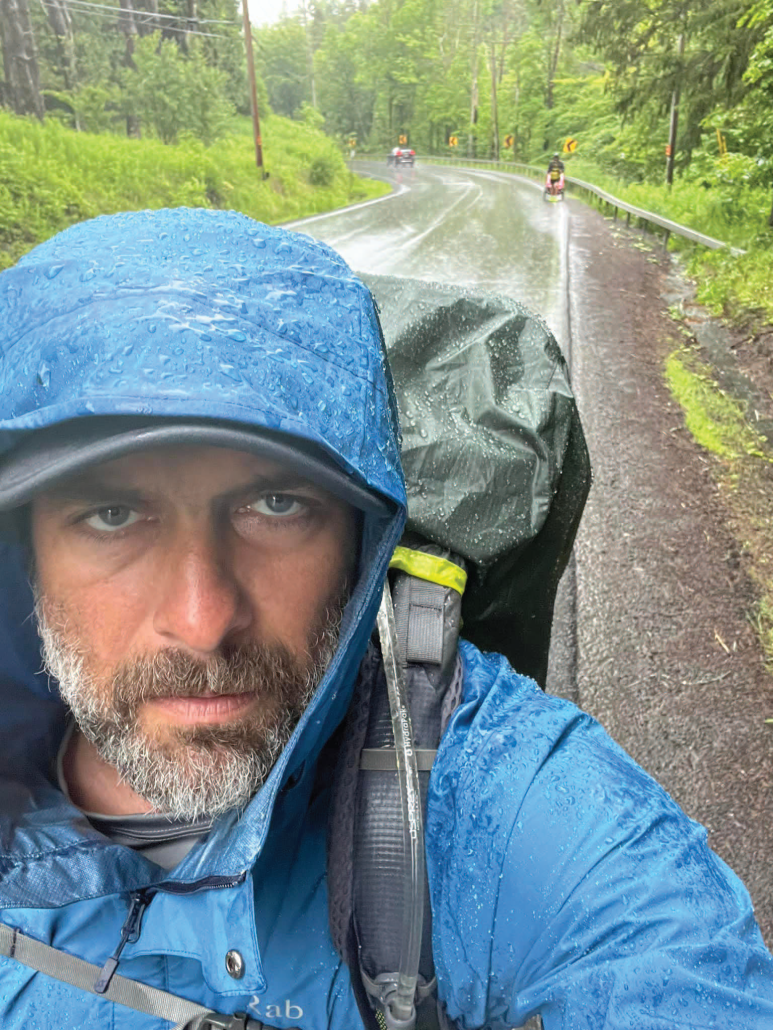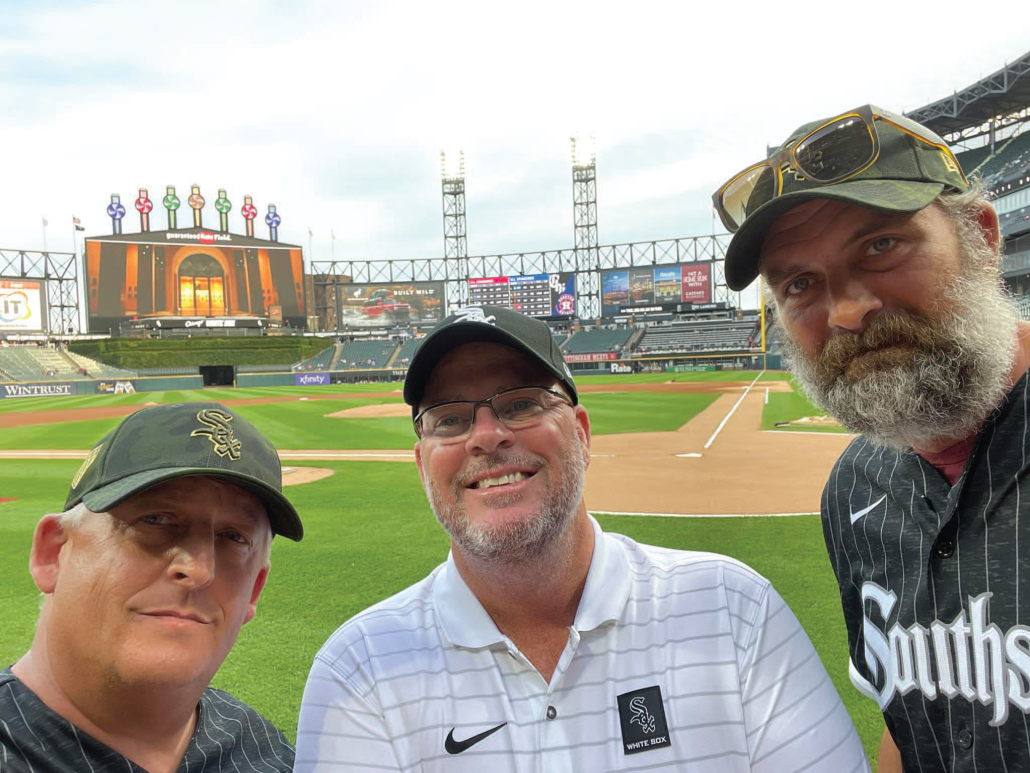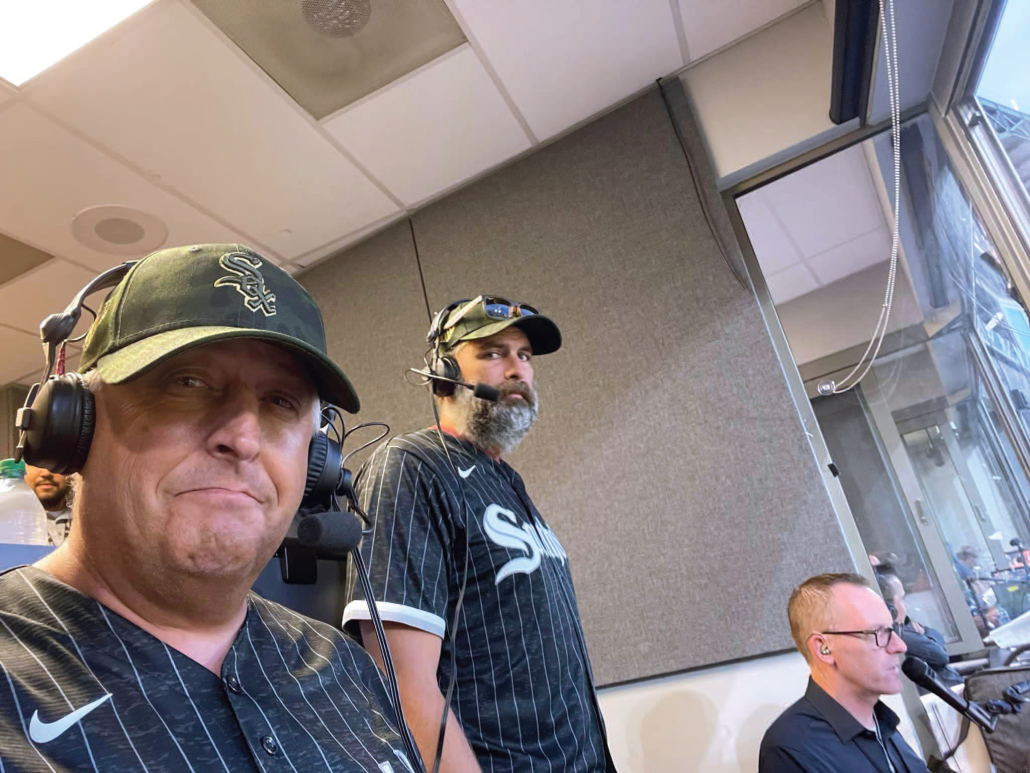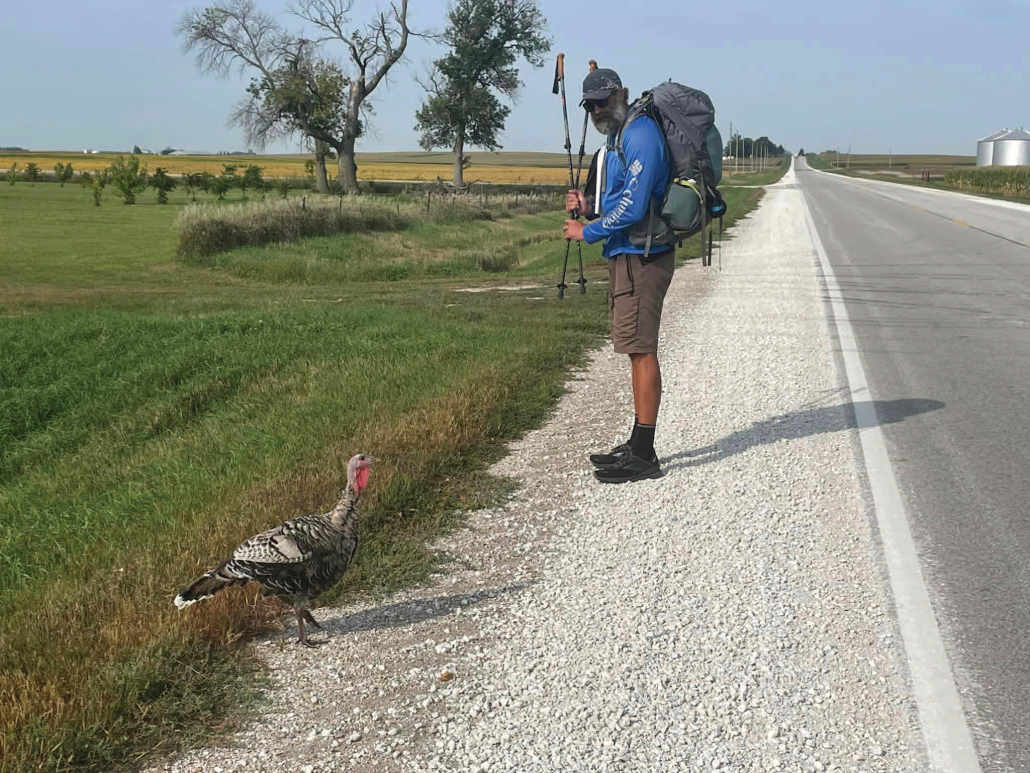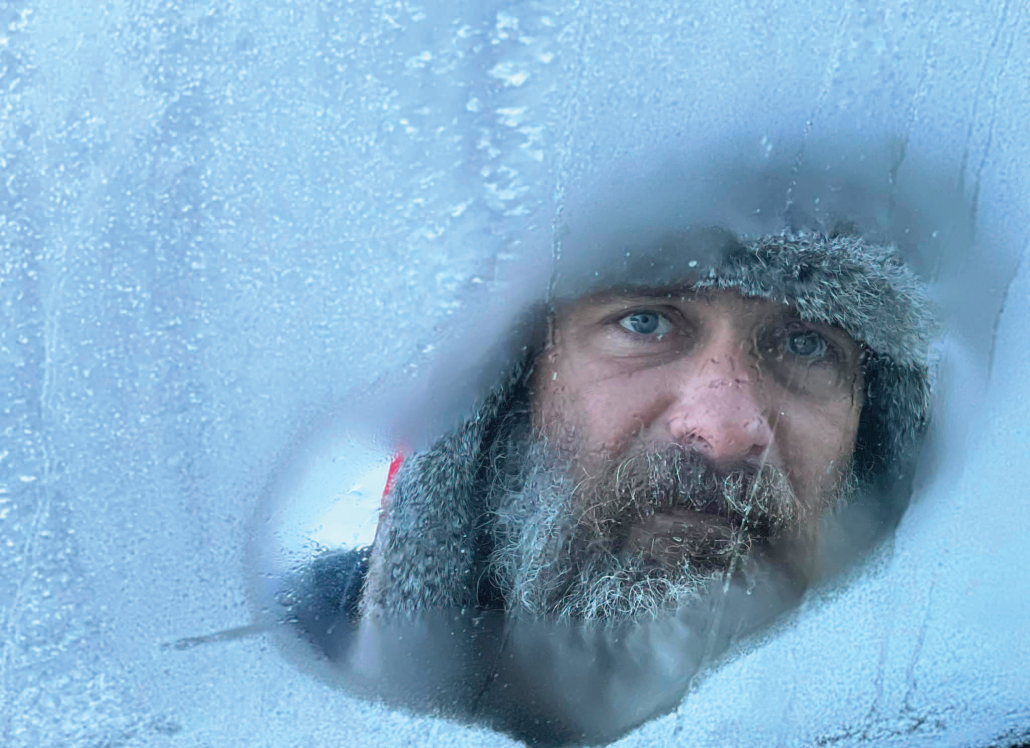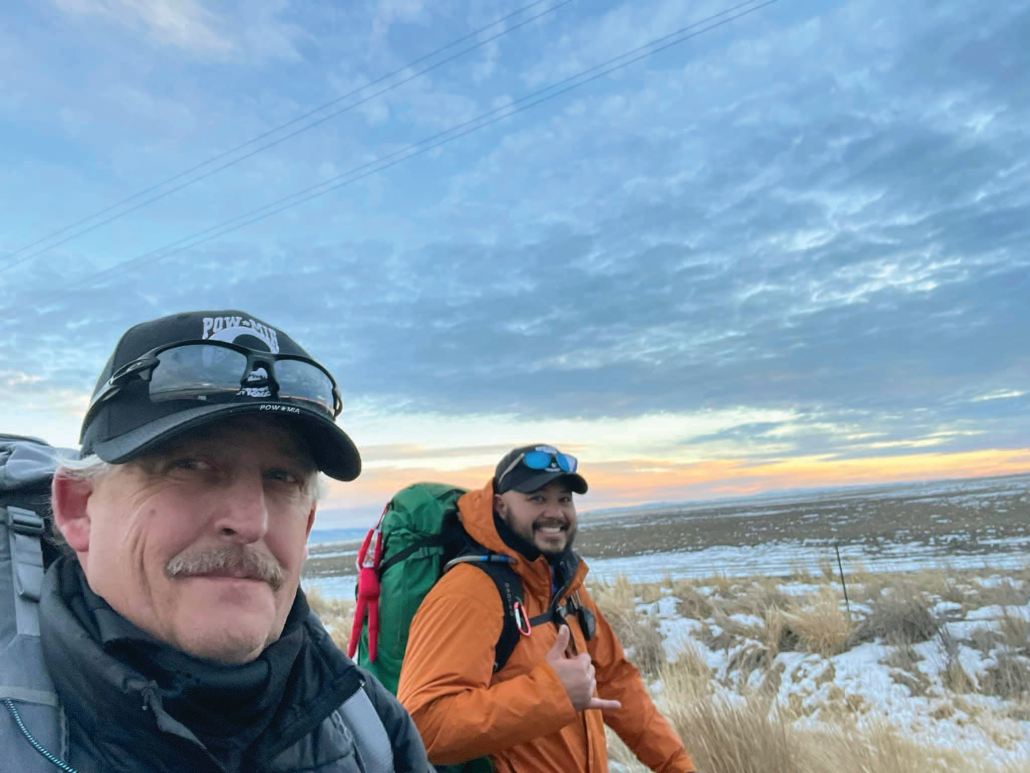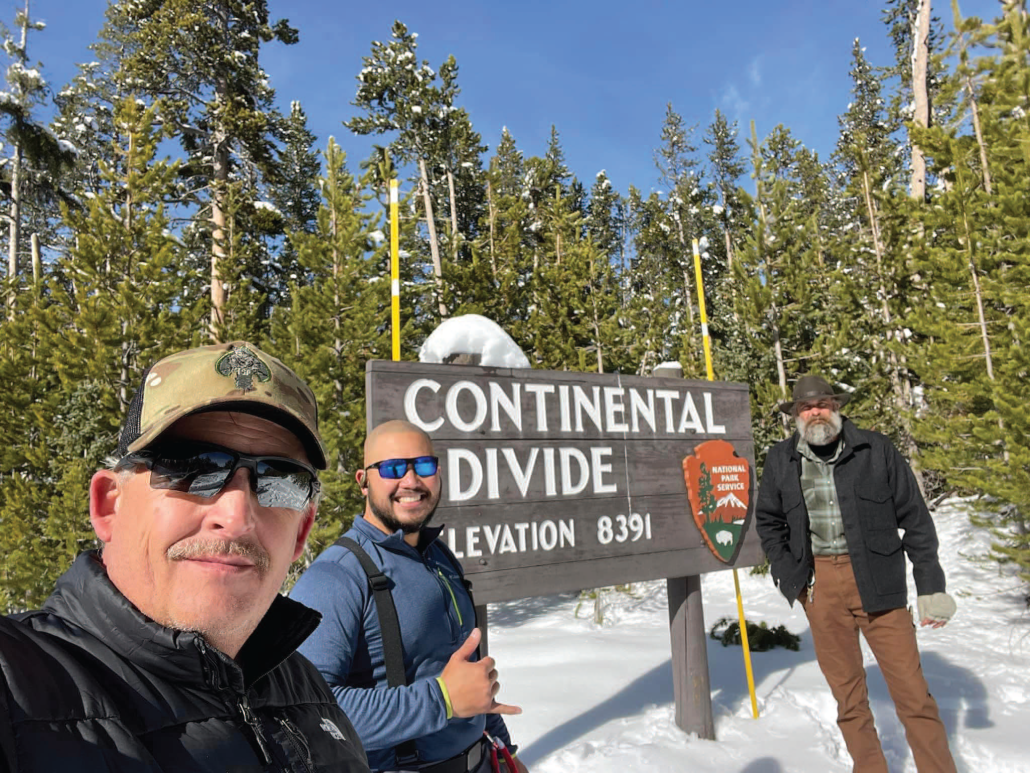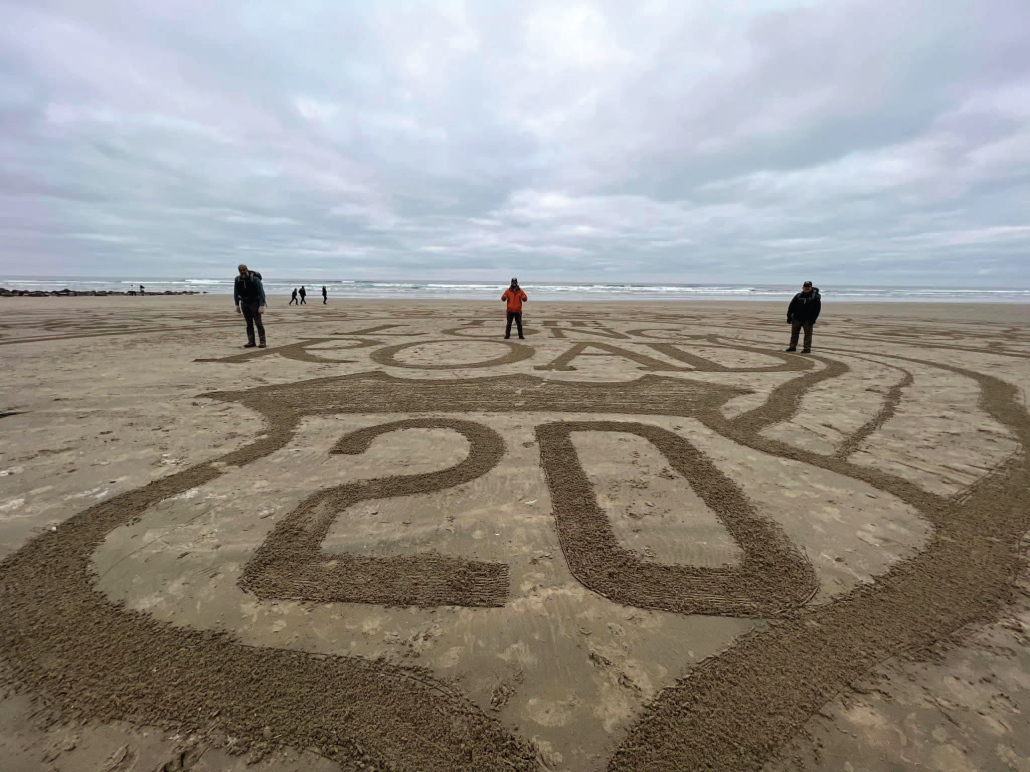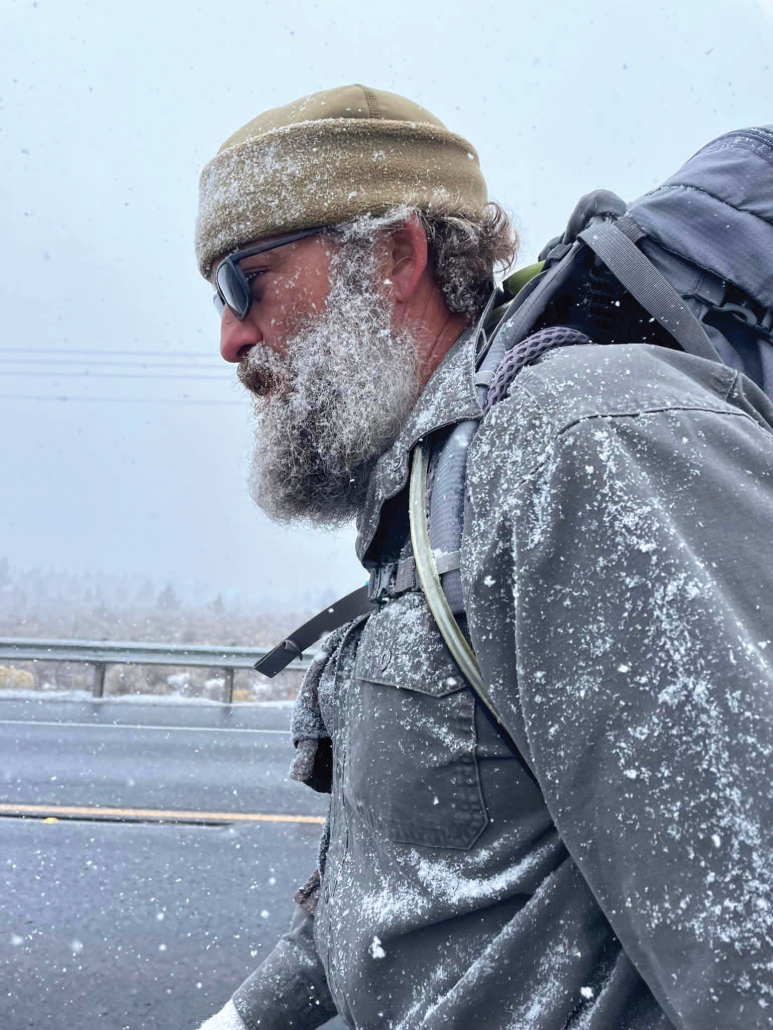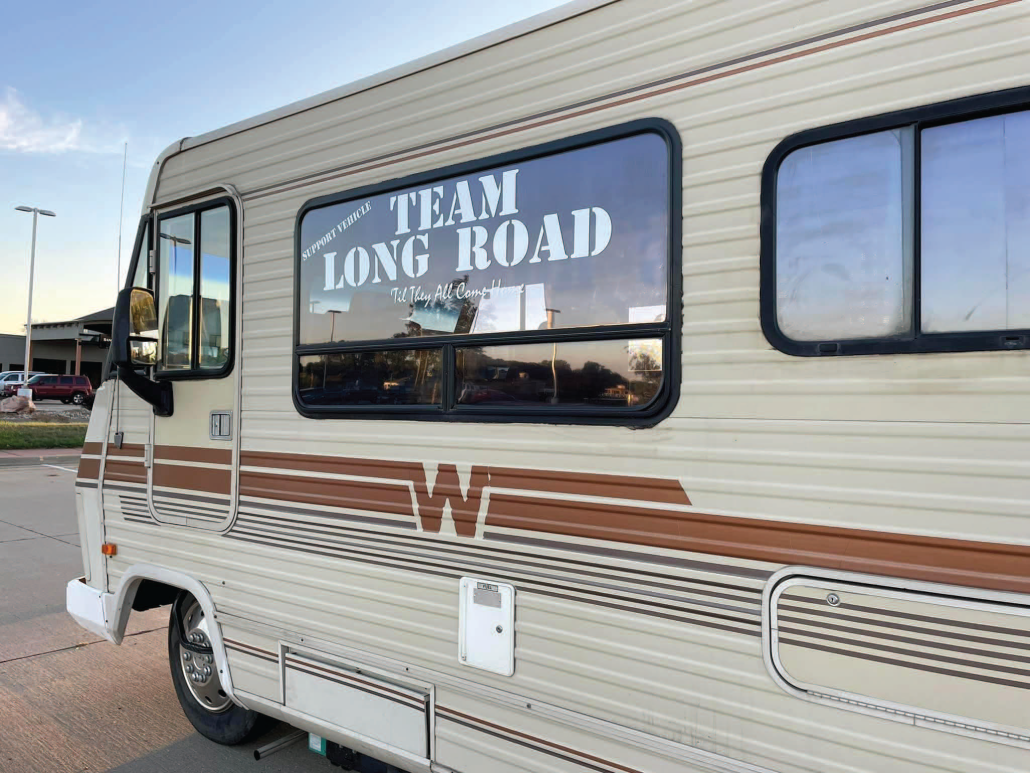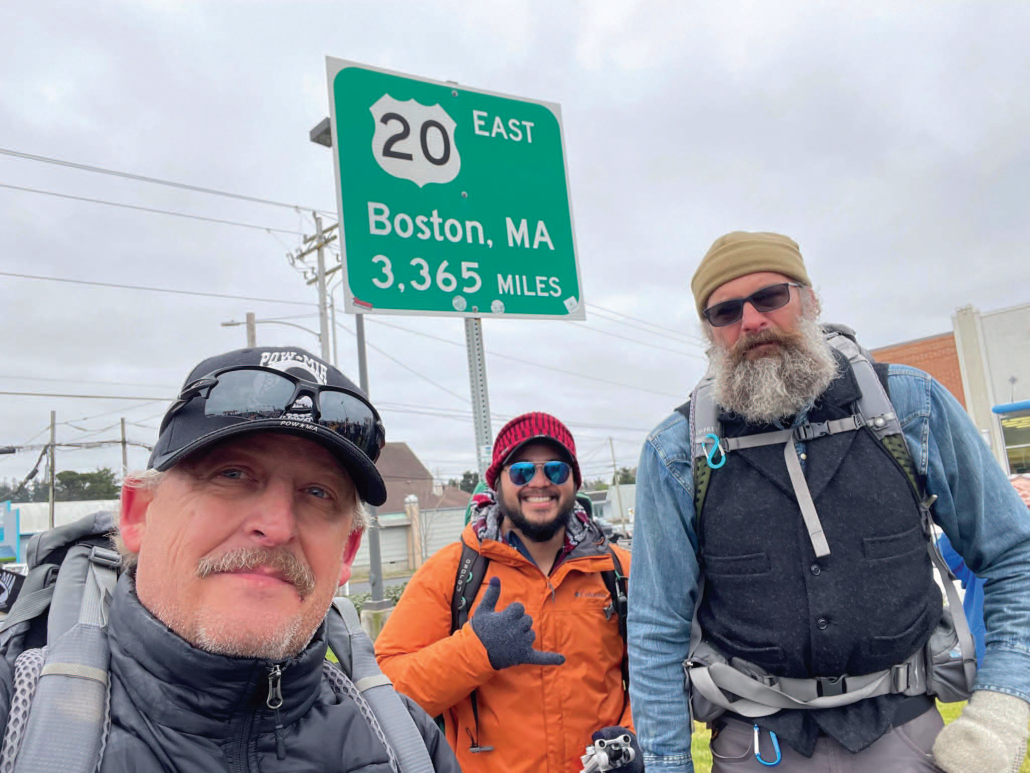The 24th Marine Amphibious Unit (MAU) landed in Beirut, Lebanon, on May 29, 1983. The Marines came ashore with mixed feelings. They were the fourth MAU to cycle through Beirut in nine months. Marines that preceded them served as “peacekeepers” of a Multi-National Force (MNF) from the U.S., France and Italy. Despite a full-scale civil war raging around them, Marines were not to be combatants. No fewer than 17 separate political or religious factions fought over the war-torn capital city.
A web of politics shrouded the Marines’ understanding of their mission and limited their ability to respond to threats. Even so, the MNF’s presence seemed justified. Marines briefly pulled out of Beirut in September 1982. During their absence, the newly elected Lebanese president was assassinated, and Palestinian refugees were massacred in retaliation. Marines and the rest of the MNF returned within the month and maintained a steady presence into 1983.
Lieutenant Colonel Howard L. “Larry” Gerlach arrived in Beirut with the 24th MAU as the commanding officer of Battalion Landing Team (BLT) 1st Battalion, 8th Marines. The 41-year-old had over 19 years in the Corps by the time he assumed command of the battalion. His career included two years as an enlisted Marine before successfully completing the Naval Reserve Officer’s Training Corps (NROTC) program at the University of Mississippi and receiving an officer’s commission. He earned a Purple Heart as a second lieutenant in Vietnam when a bullet tore through his hip six weeks into his first deployment. Following an extensive recovery, he returned to full duty and later shipped out on a second combat deployment as an advisor to the Vietnamese army.
One event dominated the minds of Gerlach and his Marines as they relieved their predecessors in Beirut. The month prior to their arrival, on April 18, a vehicle laden with explosives detonated next to the U.S. embassy. Sixty-three people died in the explosion, including one Marine Security Guard. Marines in Lebanon had suffered casualties prior to the bombing, and even saw one Marine killed while clearing unexploded ordnance around Beirut International Airport (BIA). The embassy bombing, however, was unprecedented. As the Marines of 1/8 considered their new home, they tried to decipher what the attack meant. Could it be, perhaps, an anomaly, or a one-off tragedy? Or, was it an ominous harbinger of a new era in Beirut?
The deployment kicked off peacefully, but soon began a steady descent into violence. The battalion’s first instance taking direct fire from the city arrived in the early morning hours of June 8. Rocket Propelled Grenades (RPGs) detonated around an observation post at the Lebanese University, followed by a furious rattle of heavy machine-gun fire from Israeli soldiers. Whether Marines were the intended target or simply caught in the crossfire, the rockets from an unidentified source exploded on the Marines’ position, and Israeli .50-caliber bullets punched holes in sandbags. July and August saw more instances of rockets falling directly on Marine positions around BIA. Finally, on Aug. 28, the city erupted in violence following Israel’s withdrawal.
Israel’s invasion of Lebanon in June 1982 impelled the MNF to initially deploy later that year in an effort to stabilize the country. The Israeli Defense Force (IDF) presence in Beirut served a dual effect. They added to the bullets and rockets flying around the city, even engaged in several tense interactions with Marines. Fear or respect for the IDF, however, kept numerous other combatant factions at bay. These groups flooded the streets of Beirut after the IDF withdrew, filling the void they left and immediately increasing the number of attacks on the 24th MAU. Despite increasing hostilities, the Marines’ mission of “presence” and “peacekeeping” would not be altered, lest the U.S. appear to endorse one side or the other with an active combat role.
“We were told not to alter the defenses outside our command post because they wanted things to look as normal as possible,” remembered LtCol Gerlach. “This wasn’t a typical military operation. The missions you learned at The Basic School were attack, defend, withdraw, or reinforce. Well, we weren’t doing any of that. The last thing in the world we were supposed to do was be an overbearing military force in their country.”
The Rules of Engagement (ROEs) governing the Marines remained strict. Marines could only shoot back if they were actively being fired upon and could see the attacker. Likewise, they were only permitted to respond with a level of force equal to the threat. A typical scene playing out might see a group of concealed militiamen blasting away at Marine positions. Abiding by the ROEs, Marines could fire back with rifles, and perhaps even a machine gun, until the militia fire stopped. Following the engagement, Marines looked on helplessly as the enemy fighters walked out of the building with rifles slung over their shoulders, laughing and shouting, “Bang! Bang!” as they formed guns with their fingers to continue “shooting” at the Marines. Without real bullets coming at them, the Marines could offer only a middle finger in response.
Tragedy struck 1/8 on Aug. 29. A salvo of mortar rounds exploded among the tents of “Alpha” Company. Second Lieutenant George Losey and Staff Sergeant Alexander Ortega, the Platoon Commander and Platoon Sergeant of Alpha Co, 1st Platoon, sustained head wounds when one mortar scored a direct hit on their tent. Ortega died instantly, still seated in his chair next to the lieutenant. Losey survived to be medically evacuated but did not recover. In addition, five other Marines suffered minor wounds. The deaths of Losey and Ortega stunned the Marines in Beirut, and likewise shocked Americans back home whose perception of the “peacekeeping” mission in Lebanon found it hard to believe Marines could be caught in the crossfire.
The situation accelerated downhill. September witnessed Marines embroiled in the war surrounding them, returning fire with artillery and naval gunfire. Even Marine attack helicopters flying above the city came under fire and shot back with rockets. Despite the constant presence of American reporters and an unending flow of VIPs touring the city, it seemed no one outside Beirut could understand or believe what the Marines faced. Colonel Tim Geraghty, the 24th MAU Commanding Officer, and LtCol Gerlach took steps to upgrade security around the MAU headquarters and the four-story building serving as Gerlach’s BLT command post and barracks. Their proposed adjustments to ROEs and security posture met stiff resistance further up the chain of command. Military and civilian leaders not on the ground in Lebanon resolved to preserve the facade of a passive role in the war.
What Geraghty and Gerlach saw as reality and necessary steps to defend themselves, others viewed as a perversion of their mission of “presence.” If Beirut were a combat deployment, the Marines would plan out their defenses and take appropriate offensive actions. Still, stateside authorities refused to acknowledge Beirut as a combat theater, and limited their defensive capabilities based on political perception. They believed if the MAU were not combatants, they should not expand their positions around the airport, giving the impression of an active role in the combat. Even as American high explosive shells exploded within the city, erasing any perception of passivity the warring factions may have held, Gerlach struggled to procure jersey barriers to place outside his BLT building.
Attacks on the MAU increased. Even through an alleged “cease fire,” Marines paid the price for their presence. On Sept. 6, rockets exploded around Alpha Co positions, killing Lance Corporal Randy Clark and Corporal Pedro Valle and wounding several others. On Oct. 15, gunmen opened fire on Marine jeeps driving through the city. One Marine was shot through both legs. In another jeep, a bullet struck Staff Sergeant Allen Soifert in the chest. The jeep careened off the road and overturned. Others arrived to rescue the Marines, but Soifert died at the battalion aid station.
The following day, a rooftop observation post came under small arms and RPG fire. Several Marines were severely wounded in the attack. Captain Mike Ohler, a forward air controller, braved the fire to spot enemy positions with his binoculars. He located a bunker where the RPGs originated and directed fire onto it. As he observed the bunker, an enemy bullet fatally stuck Ohler in the head. On Oct. 19, Col Geraghty appeared to be the intended target of a car bomb. The bomb exploded less than a minute after Geraghty’s vehicle passed in a convoy, leaving Geraghty unscathed, but wounding four other Marines. Between the embassy bombing and the attack on Geraghty’s convoy, vehicle-borne explosives were gaining prominence as a terrorist’s weapon of choice. Marines on guard around American facilities kept on the lookout for suspicious vehicles.
The night of Oct. 22 was a busy one for Marines stationed at the BLT building. Machine-gun fire sparked off the pavement around the building, rousing the Marines manning guard posts. When several rockets landed nearby, the order came down to upgrade to “Condition One” alert status. Marines exited their bunks on the upper decks and descended the stairs to augment Marines already awake on watch. A tank rolled in front of the entrance to the building, blocking the front door. The high alert lasted several hours, extending into the early morning of Oct. 23. Once the alert status finally downgraded again, exhausted Marines returned to their bunks. Their only saving grace was that today, a Sunday, reveille would sound an hour later than normal, affording them precious extra sleep.
Over 300 Marines, Sailors, and soldiers bedded down once more and passed out. Gerlach was not one of them. His responsibilities as the battalion CO demanded his presence through the entirety of the condition one status, and well after it ended. Finally, around 6 a.m., Gerlach returned to his corner office on the second deck. He considered an attempt at sleep. As he turned toward his bunk, something flew through the air and smashed into his head, knocking him unconscious. To this day, Gerlach remembers nothing of the events that unfolded that Sunday morning. How he survived remains an even bigger mystery and miracle.
A large yellow box truck had circled the parking lot directly in front of the BLT building. Several Marines on guard observed the truck as it circled, then finally veered right and accelerated through concertina wire barricades. Abiding by their ROEs, Marines manned their posts with loaded magazines in their rifles, but no rounds in the chamber ready to fire. As the truck smashed through the obstacles barring the entry to the BLT building, Marines charged their weapons. By the time they opened fire, the speeding truck passed by and crashed through a sandbagged position at the front entrance to the building, where the tank had stood guard just hours before. The truck finally stopped in an atrium-style lobby that extended from the ground floor to the roof in an expansive shaft occupying the center of the structure.
The driver then detonated several thousand pounds of explosives and the compressed-gas-enhanced explosion ripped through the BLT building. A Marine who witnessed the resulting mushroom cloud logged the time as 6:22 a.m.
The blast force equaled more than 12,000 pounds of TNT. Marines a mile away felt the earth shake and believed an artillery round must have scored a direct hit on their position. Immediately, the entire building collapsed onto the Marines inside, reducing from four stories down to barely more than a single story tall. The bomb disintegrated the 7-inch thick, reinforced concrete floor in the basement below the lobby, leaving in its place a crater measuring 39 by 30 feet, and 8 feet deep. Later analysis by the Federal Bureau of Investigation determined the bomb created the largest non-nuclear explosion ever recorded.
U.S. servicemembers around the airport raced toward the BLT building to begin rescue efforts within minutes after the bomb went off. They found a completely terrible and chaotic scene. A choking dust cloud hung in the air. Building parts and body parts littered the ground surrounding the mountain of rubble. The earth itself seemed to cry as the screams and moans of buried victims emerged. Rescuers freed Marines from beneath mounds of concrete. They struggled locating the sources of the pleas for help. Rescuers would work feverishly to uncover a Marine, only to discover the victim was already dead, and they were inadvertently piling more rubble onto another living victim nearby. Numerous Marines thought to be alive turned out to be dead. Numerous victims thought to be dead turned out to be alive once they were exhumed. When rescuers located a living Marine, someone would stay with him to keep him company until he was finally extricated, or he passed away. Despite the extraordinarily heroic rescue efforts and the arrival of heavy moving equipment later that morning, the last living victim was rescued around noon, six hours after the explosion. The sounds of the living lingered, traumatizing rescuers as they worked without end for days. Tragically, every remaining victim became a body recovery. In all, 241 U.S. servicemembers died as a result of the explosion.
When LtCol Gerlach regained consciousness, he’d never been more confused in his life. He could not move anything. Nothing looked familiar. Even more concerning, he lay on his back surrounded by bearded, middle eastern men.
“What is your mission here?” one of the men asked.
Gerlach had no idea how he got there, or any memory of the events leading up to his present circumstances.
“I’ve been captured,” Gerlach concluded. “I’m a prisoner of war.”
Gerlach was, in fact, one of several casualties from the bombing that went temporarily “missing” in the rush to evacuate survivors. Rescue workers removed him from beneath the rubble near the outskirts of the blast sight. His weak pulse offered the only evidence of life. Gerlach suffered severe head trauma and compound fractures on multiple limbs. Hope for his survival waned as rescuers loaded Gerlach into the back of an ambulance and whisked him away. Somehow, Gerlach ended up at an Italian medical dispensary, which immediately triaged him as requiring care far above their capability. The Italians moved Gerlach to a Shiite Muslim hospital facility in Beirut. He lingered in a coma for three days before miraculously awaking. Unknown to him at the time, the hospital staff treated him exceptionally well, and likely saved his life.
As Gerlach recited his name, rank, and serial number and refused to cooperate with those he believed were his captors, an American reporter named Robin Wright discovered him in the hospital. Wright confirmed Gerlach’s location with the Marines responsible for tracking casualties, and after six days, a helicopter transported Gerlach to a ship offshore, and eventually to Germany for medical care. Most importantly, Wright called her mother in the States and told her to contact Gerlach’s wife, Patty, to inform her that her husband survived the attack.
For two weeks, medical workers moved Gerlach around from location to location, bed to bed, and room to room. His difficulty moving seemed a natural result of his extensive injuries. A specialized X-ray of his neck, however, revealed multiple fractures to his cervical spine and doctors ordered him immediately placed in a halo to stabilize his head and prevent further damage to his spinal cord. The traumatic brain injuries he suffered left Gerlach confused and incapable of understanding the events that led to his present condition. Weeks would pass before he could grasp the magnitude of what happened.
Recovery operations continued for a week following the bombing. Cranes lifted massive chunks of concrete and steel to exhume the bodies. Back in the U.S., the spirit to remain in Beirut dwindled and a political battle ensued debating the Marines’ withdrawal and options for a response to the bombing. Islamic terrorists, backed by Iran, claimed responsibility for the suicide attack. Little or no response from the U.S. ever materialized. Today, the Beirut embassy and BLT barracks bombings are considered some of the first blows struck in the Global War on Terror, and precursors to events like the attacks on Sept. 11, 2001.
The 22nd MAU, with BLT 2/8, arrived in November. Their arrival was scheduled near the end of October but was delayed with orders diverting the MAU to Grenada in support of Operation Urgent Fury. The four-day operation began and ended as a combat deployment for the Marines involved. By contrast, Marines in Lebanon still officially operated as noncombatants on a peacekeeping mission, despite the U.S.’s growing role in the conflict and thousands of man hours invested to upgrade defenses in the wake of the barracks bombing. On Dec. 4, less than two weeks after the 22nd MAU arrived, two U.S. Navy fighters were shot down on a bombing mission over the city, killing one of the pilots. Later that evening, a Marine rooftop checkpoint came under heavy fire. Tragically, a rocket scored a direct hit, killing eight Marines.
Marine peacekeepers remained in Beirut less than six months after the barracks bombing. The increasing hostilities killed or wounded more American servicemembers. The incidents were met with escalated responses, including salvos from the massive 16-inch guns of USS New Jersey (BB-62) sailing offshore. By February 1984, the order arrived to leave Beirut. Marines conducted a noncombatant evacuation, removing 800 civilians from the embassy and surrounding area. On Feb. 9, Major Albert Butler succumbed to wounds received from an accidental discharge, becoming the final Marine to die in Beirut. The last of the Marines in the city relinquished control of BIA on Feb. 26.
America moved on from Beirut quickly. With the exception of the embassy and barracks bombings, the 18 months Marines spent in the city faded into history as a largely forgotten episode. For those who lived through the barracks bombing, either as a surviving victim or a rescuer, moving on proved more impossible. Their lives could never resemble what they had been prior to Oct. 23, 1983.
Larry Gerlach spent month after month in various hospitals recovering from his injuries. Responsibility fell to his wife to explain to him what had happened in Beirut, as his mental faculties rejuvenated near the end of 1983. He would never remember the bombing and the events immediately afterward and could not believe the BLT building had been completely demolished until he saw the terrifying images on the television.
“I have searched my soul, over and over,” reflected Gerlach recently, as he remembered his time recovering after the attack. “That’s all I had to do there for a while. I have racked my brain about what I could have done that would have solved the problem, but there wasn’t a damn thing. From the moment that truck entered the parking lot out front, the bomb would have destroyed the building.”
The spinal injuries he suffered in the blast, and the shuffling around immediately afterwards, left him permanently disabled. Doctors in the U.S. diagnosed him with incomplete quadriplegia; while not totally unusable, everything below his neck was affected. Gerlach determined to use his arms and legs as much as his new body would allow.
After nine months of intensive physical and occupational therapy at the spinal cord injury center of West Roxbury VA Medical Center, Gerlach achieved partial usage of his arms and legs, even working up the strength to walk on crutches. He retired from the Marine Corps in 1985 and moved into the civilian world as a defense contractor, then working with Headquarters Marine Corps, then onto his final career with Defense Logistics Agency. Despite limited wheelchair-friendly resources, Gerlach maintained his independence and refused to be a victim of his circumstances. He developed a method of entering and exiting his car to drive himself to work. He also became a tournament fisher and avid hunter.
Throughout his recovery and following his retirement, Gerlach remained in touch with his fellow Beirut veterans. He attended the 1986 dedication of the Beirut Memorial in Jacksonville, N.C., and returned to numerous anniversary gatherings in the following years. On the 25th anniversary, other Beirut veterans of 1/8 honored Gerlach in a special ceremony. In the immediate aftermath of the bombing, an official change of command never occurred relieving Gerlach of his responsibility as battalion commander. At the anniversary gathering 25 years later, the remaining veterans stood in formation and presented Gerlach with the battalion’s colors.
“Commanding BLT 1/8 was the highest honor of my life,” Gerlach said today. “I hope the Marines are proud of what they did. We tried to do something that was peace-loving, but it’s difficult to preserve something that just isn’t there to begin with. There’s a lot of people in this world, with a lot of people up to a lot of good, but there’s always some people up to a lot of bad. There’s always a certain percentage of people that harbor hateful feelings. Hopefully, they are counteracted by peace-loving people. That’s Gerlach’s philosophy anyway.


